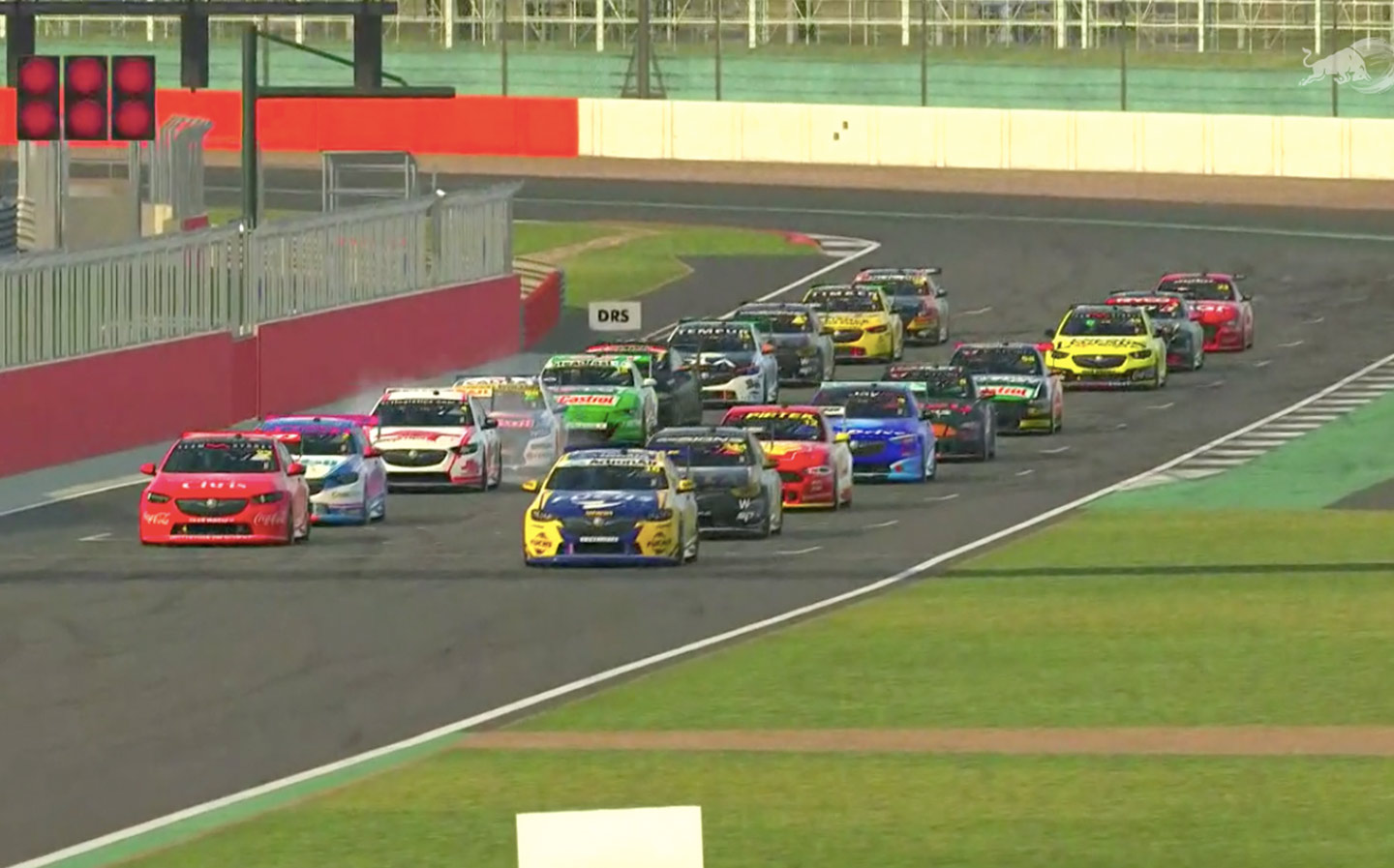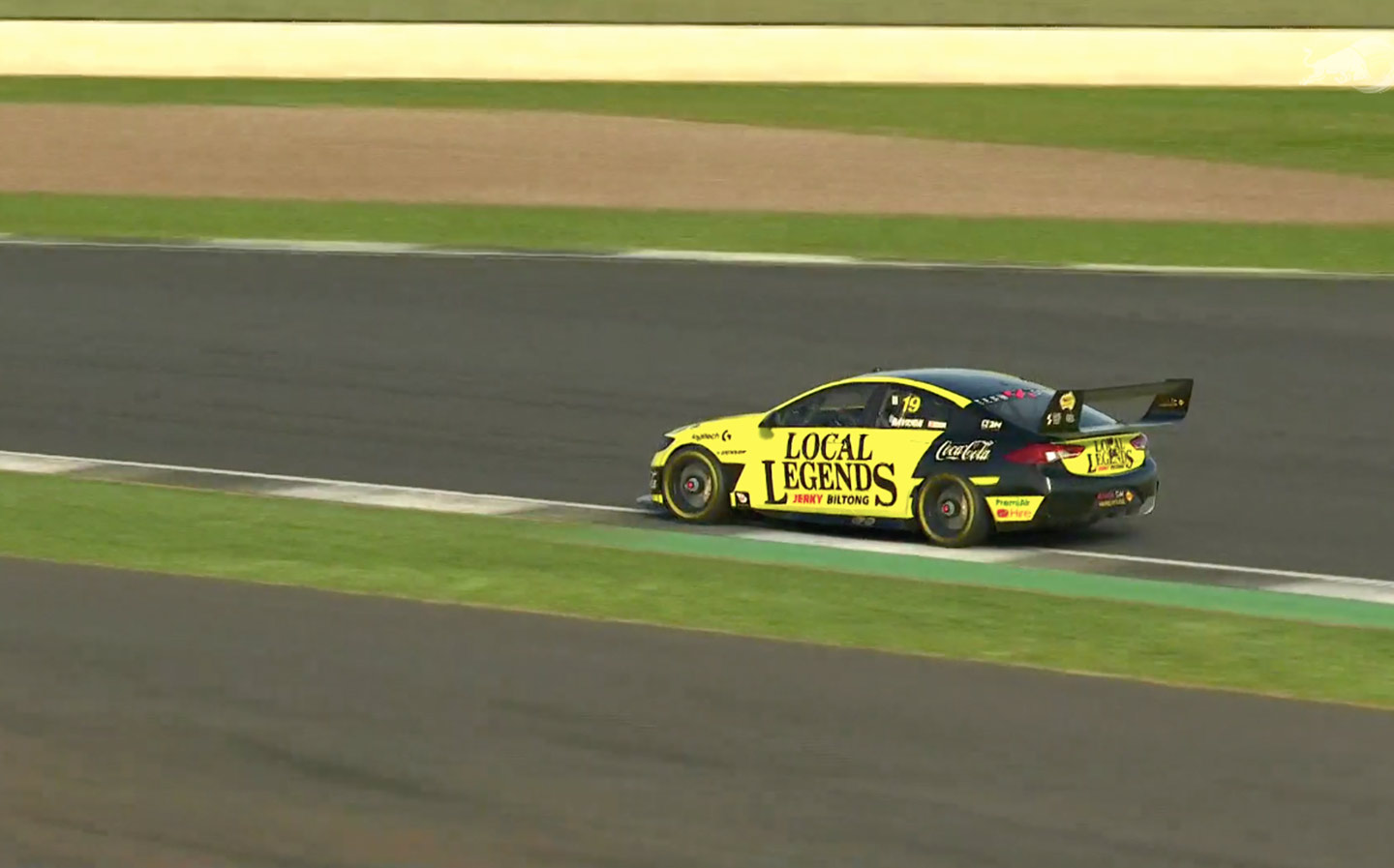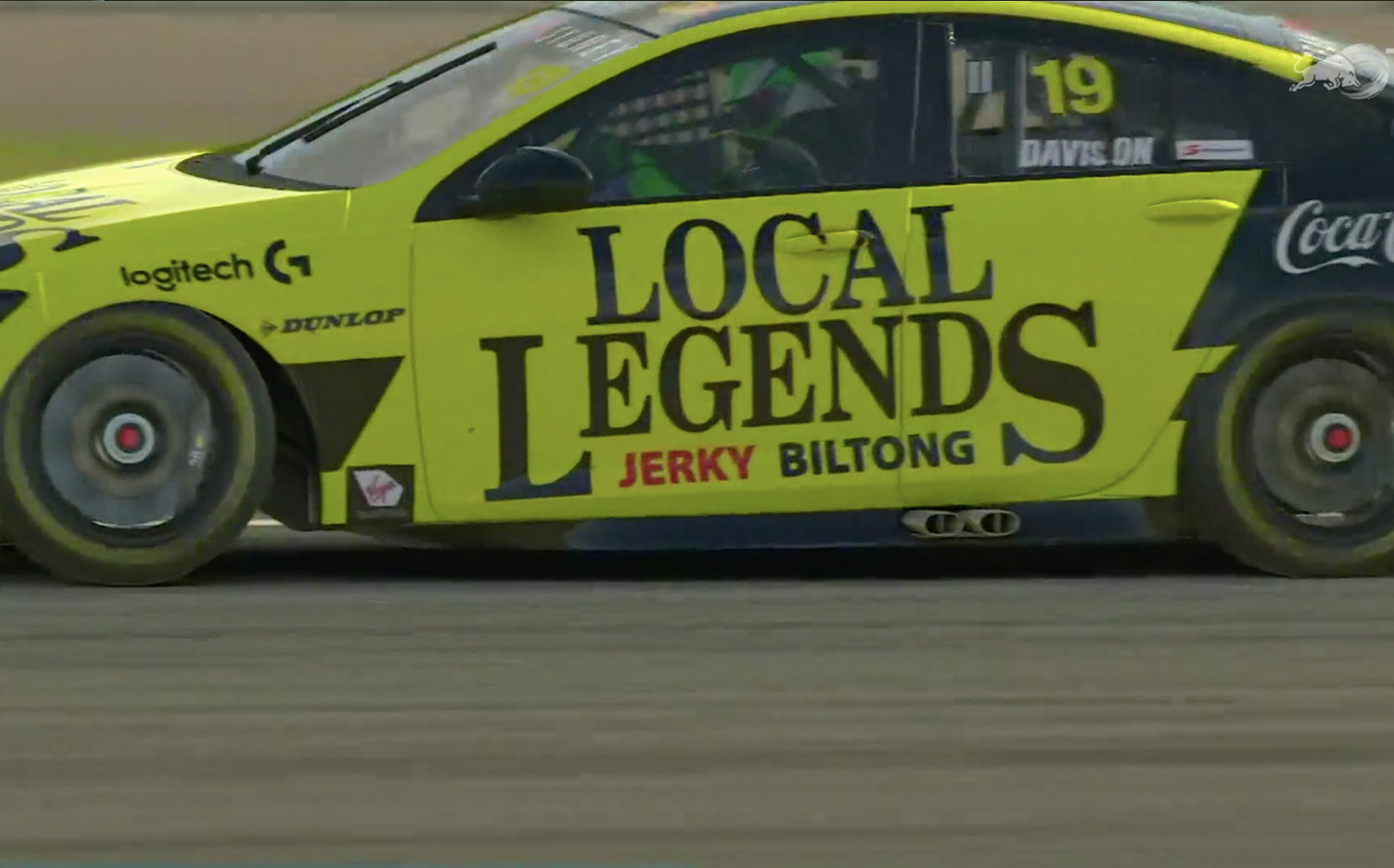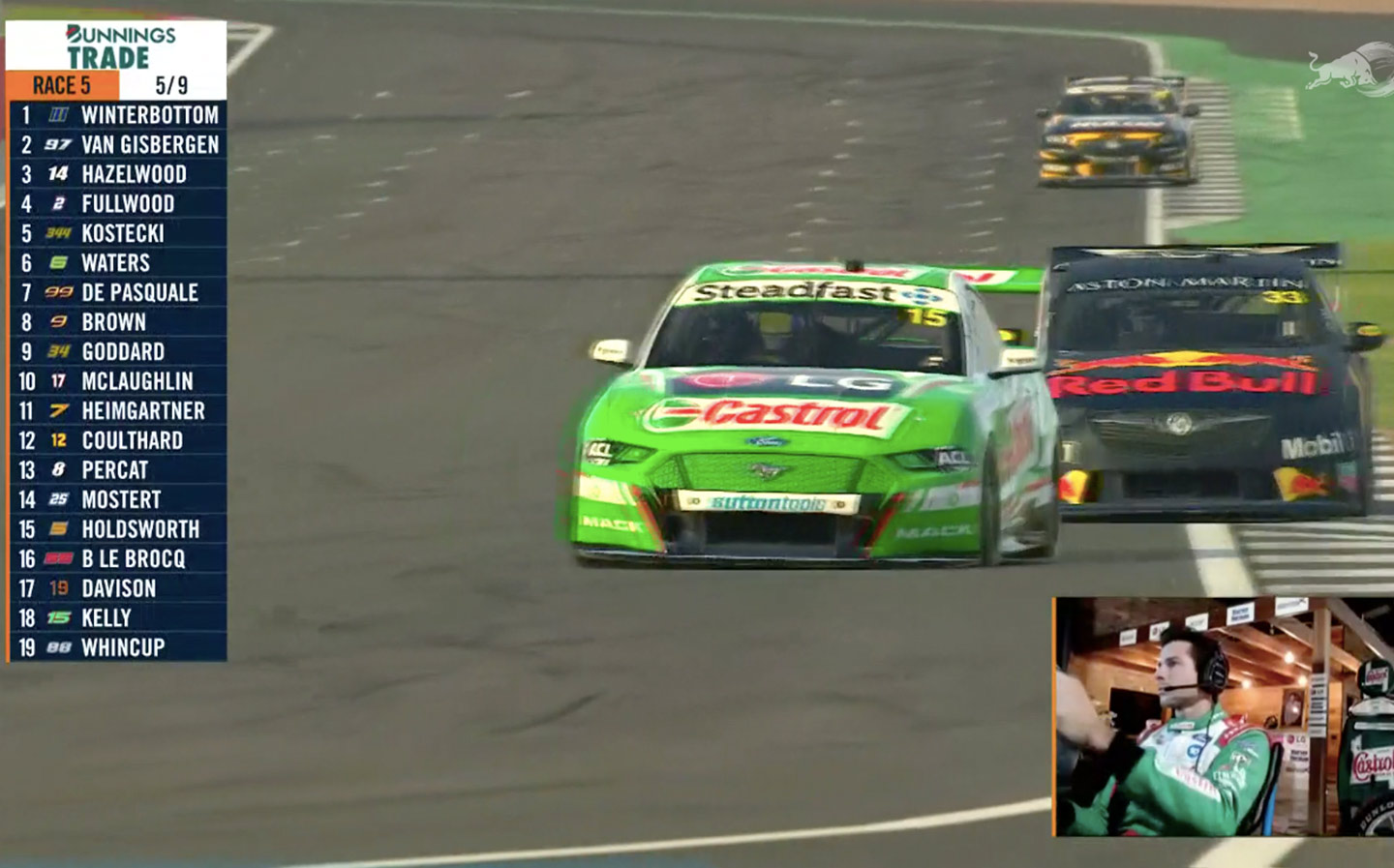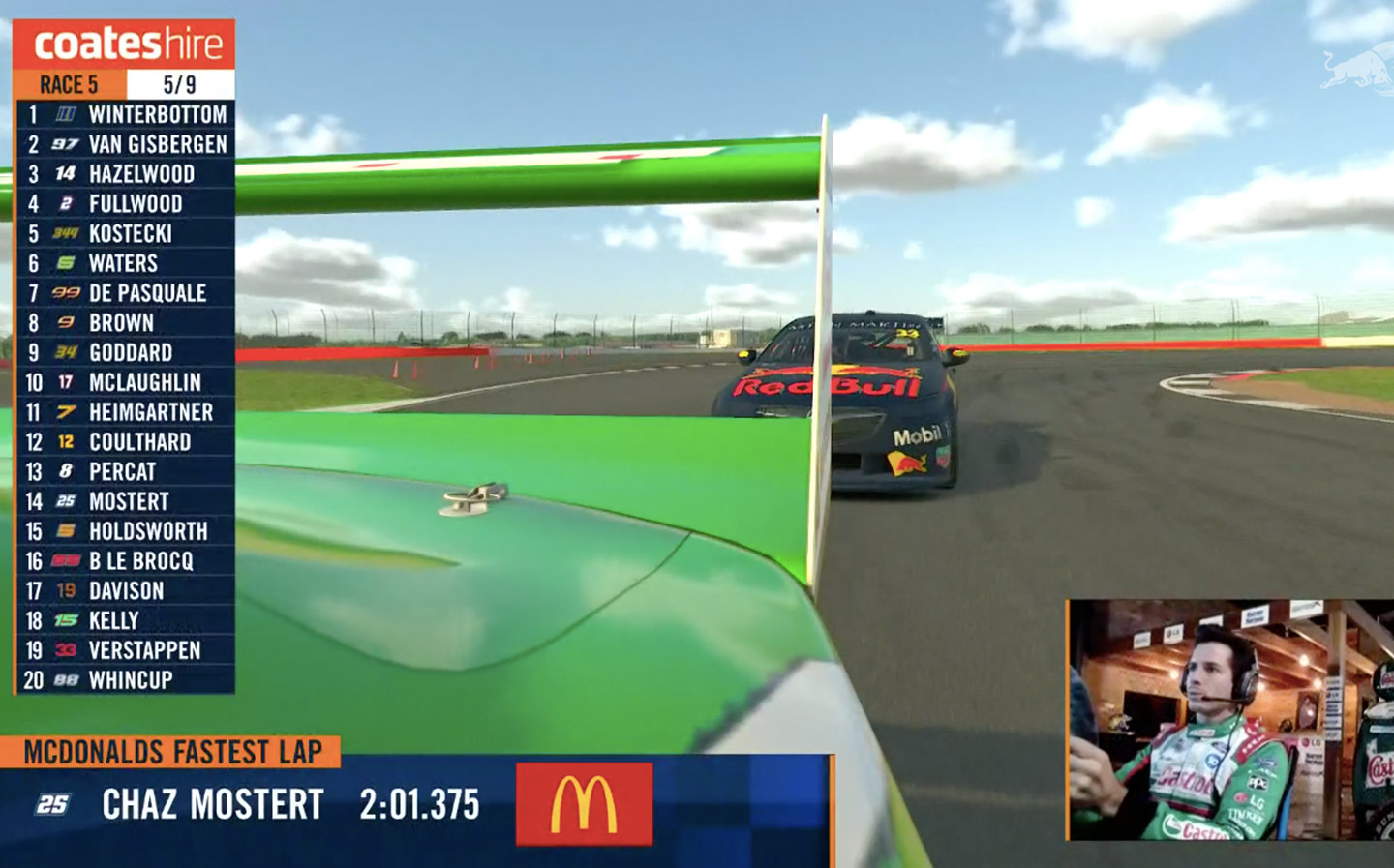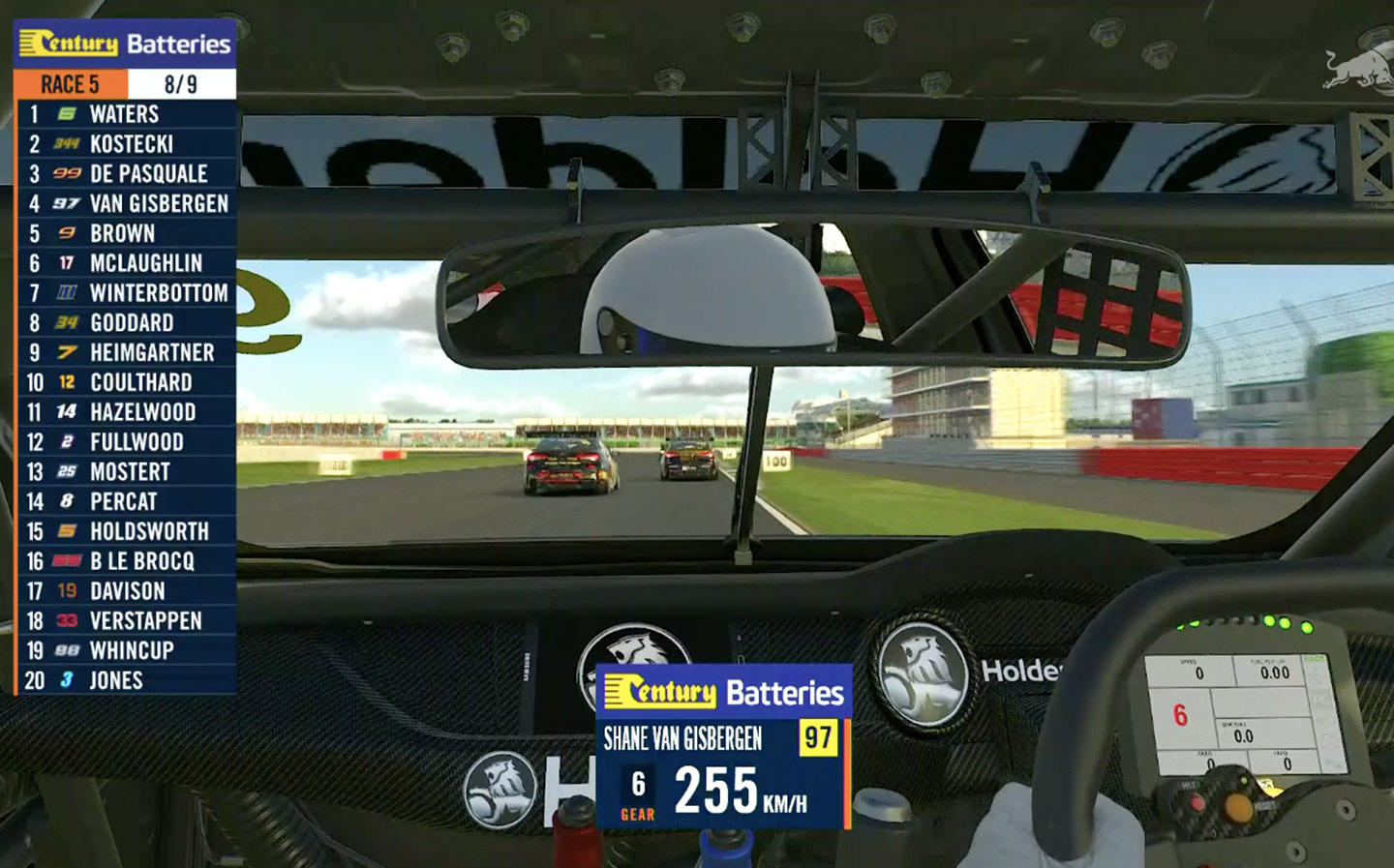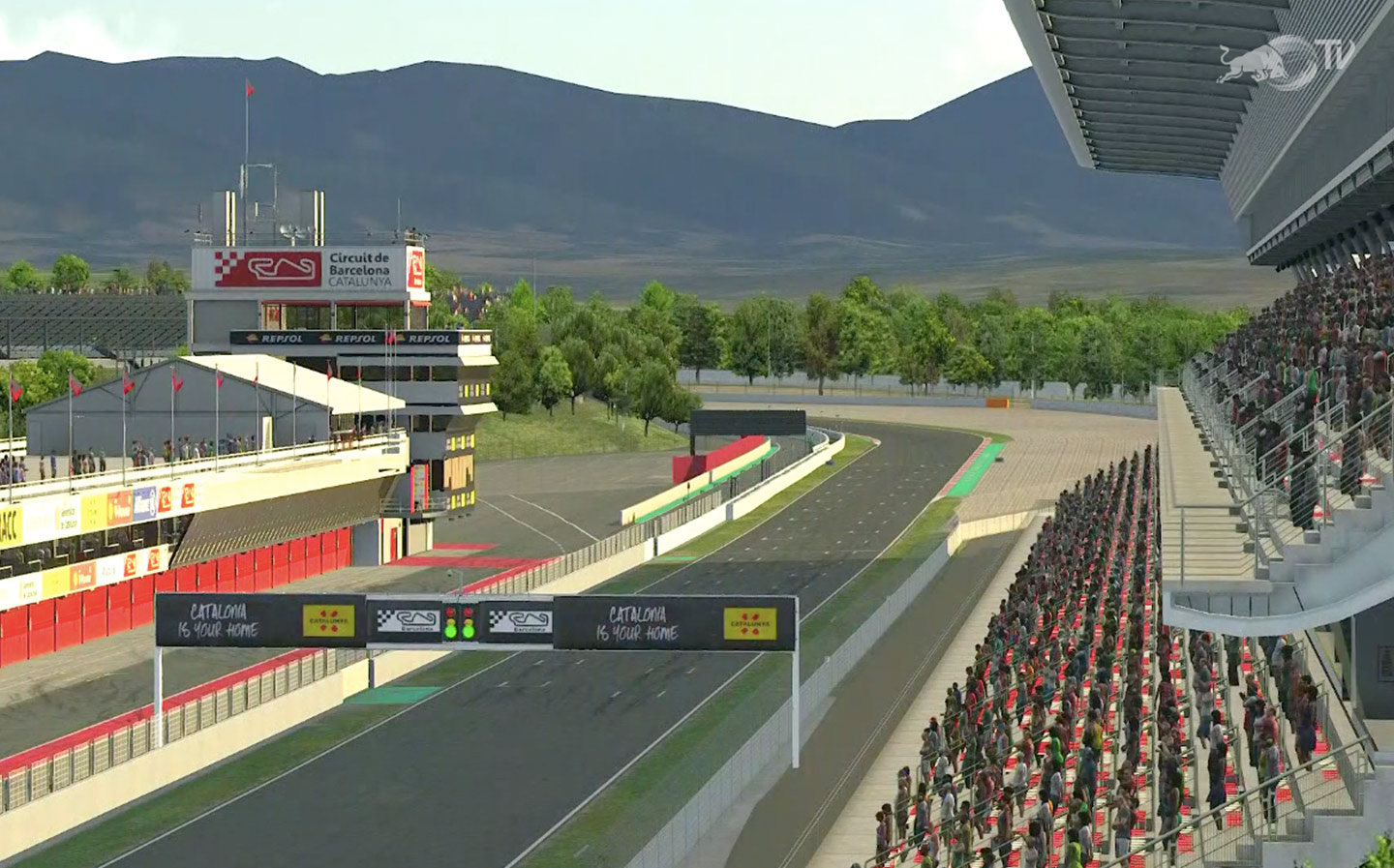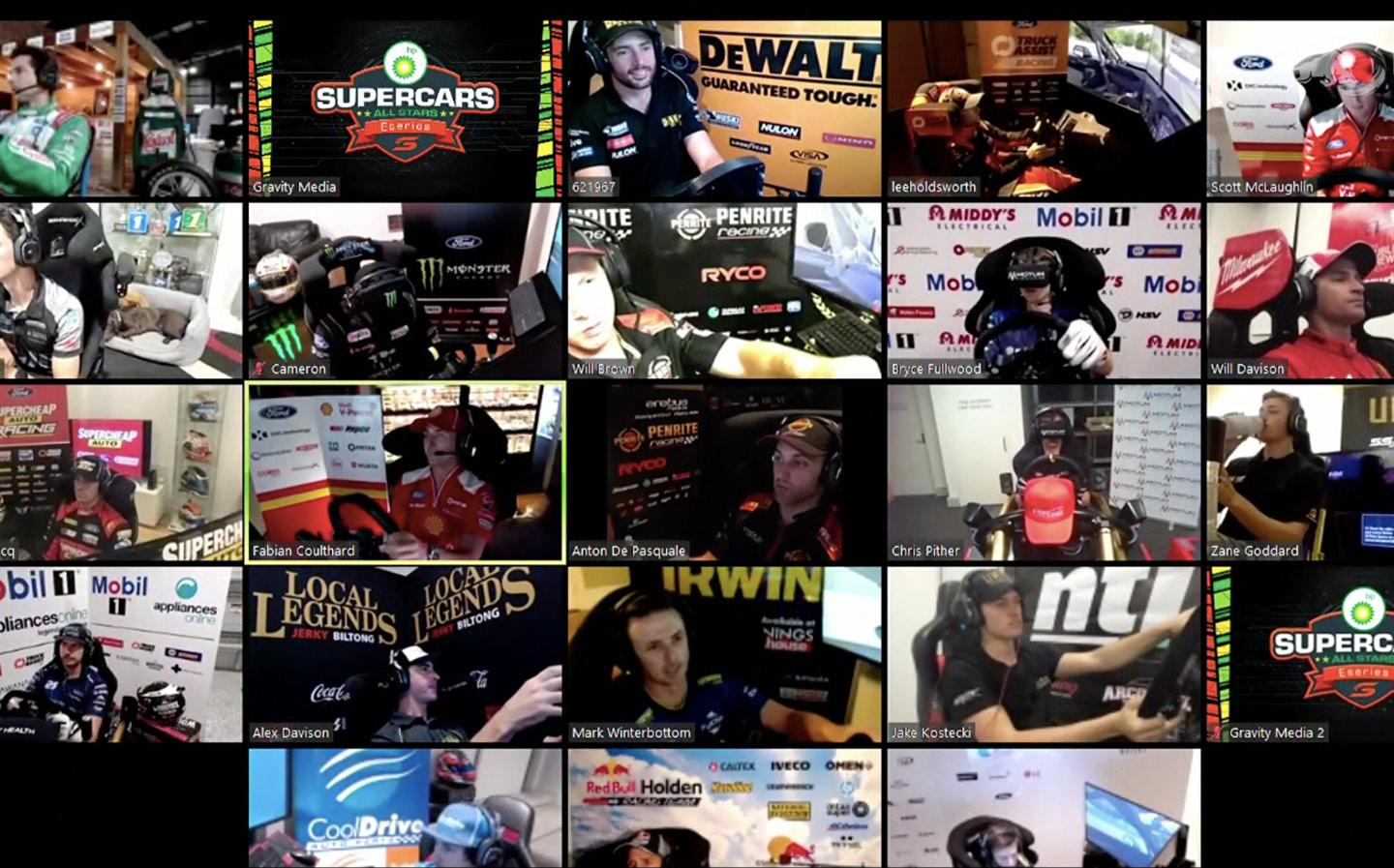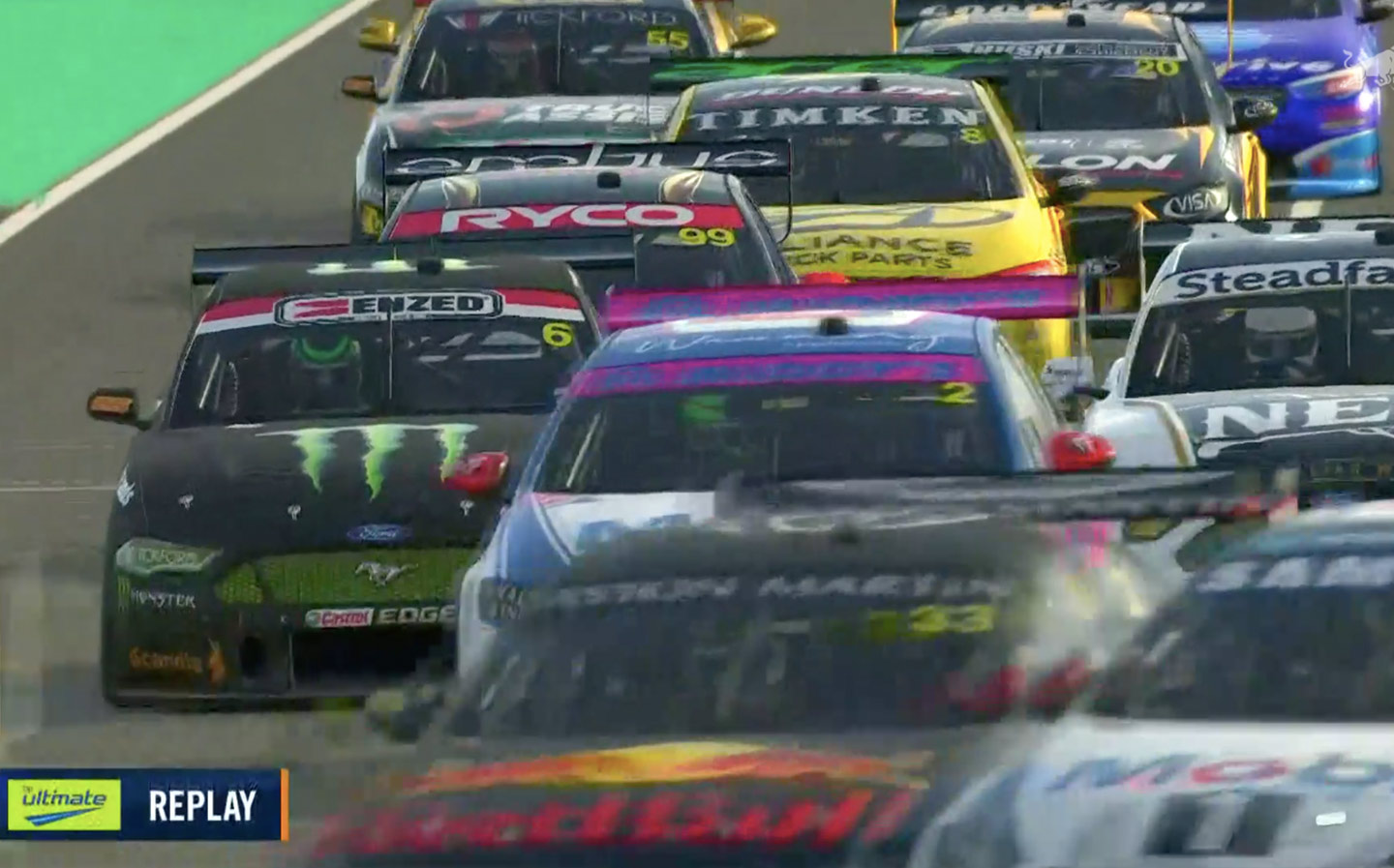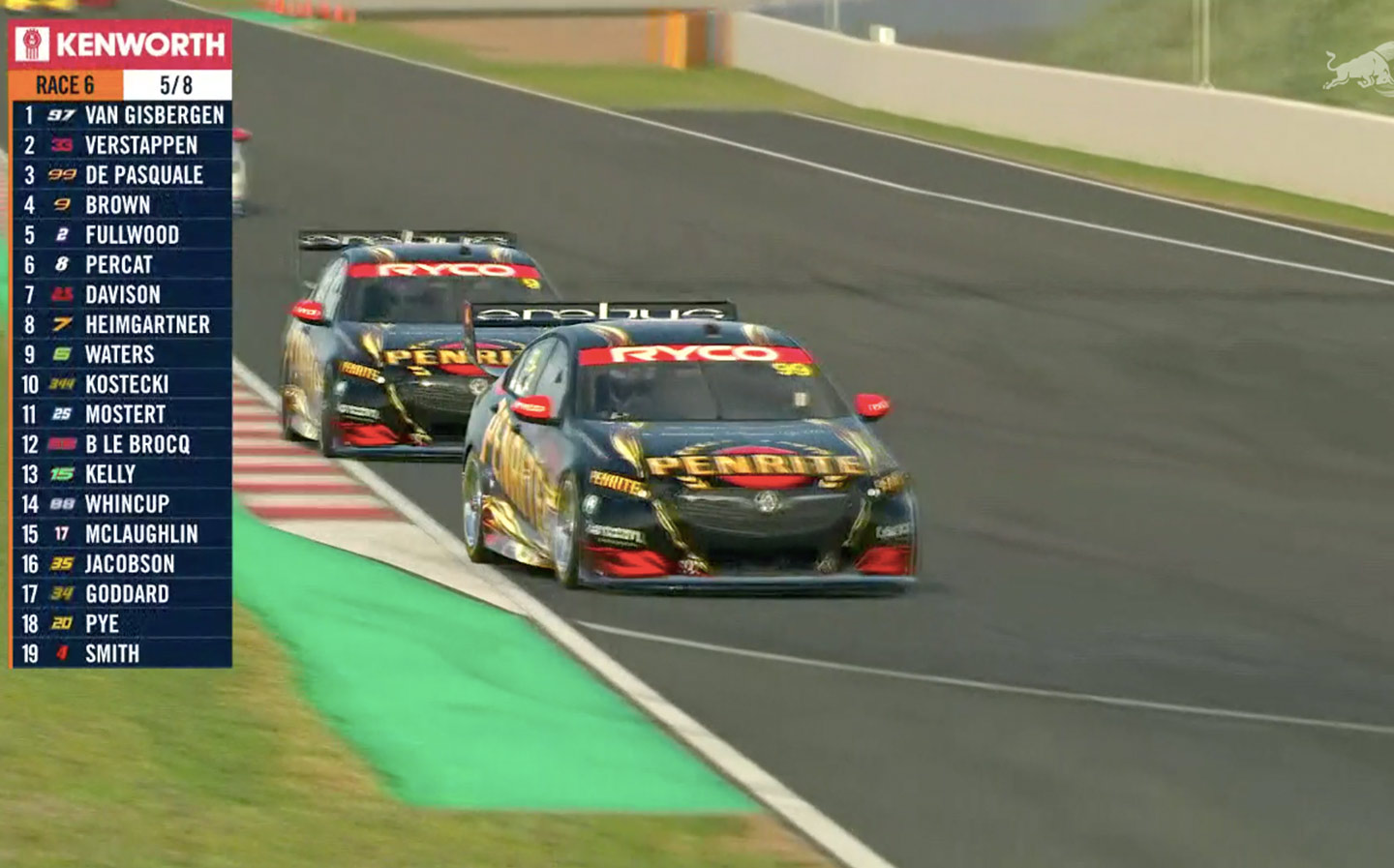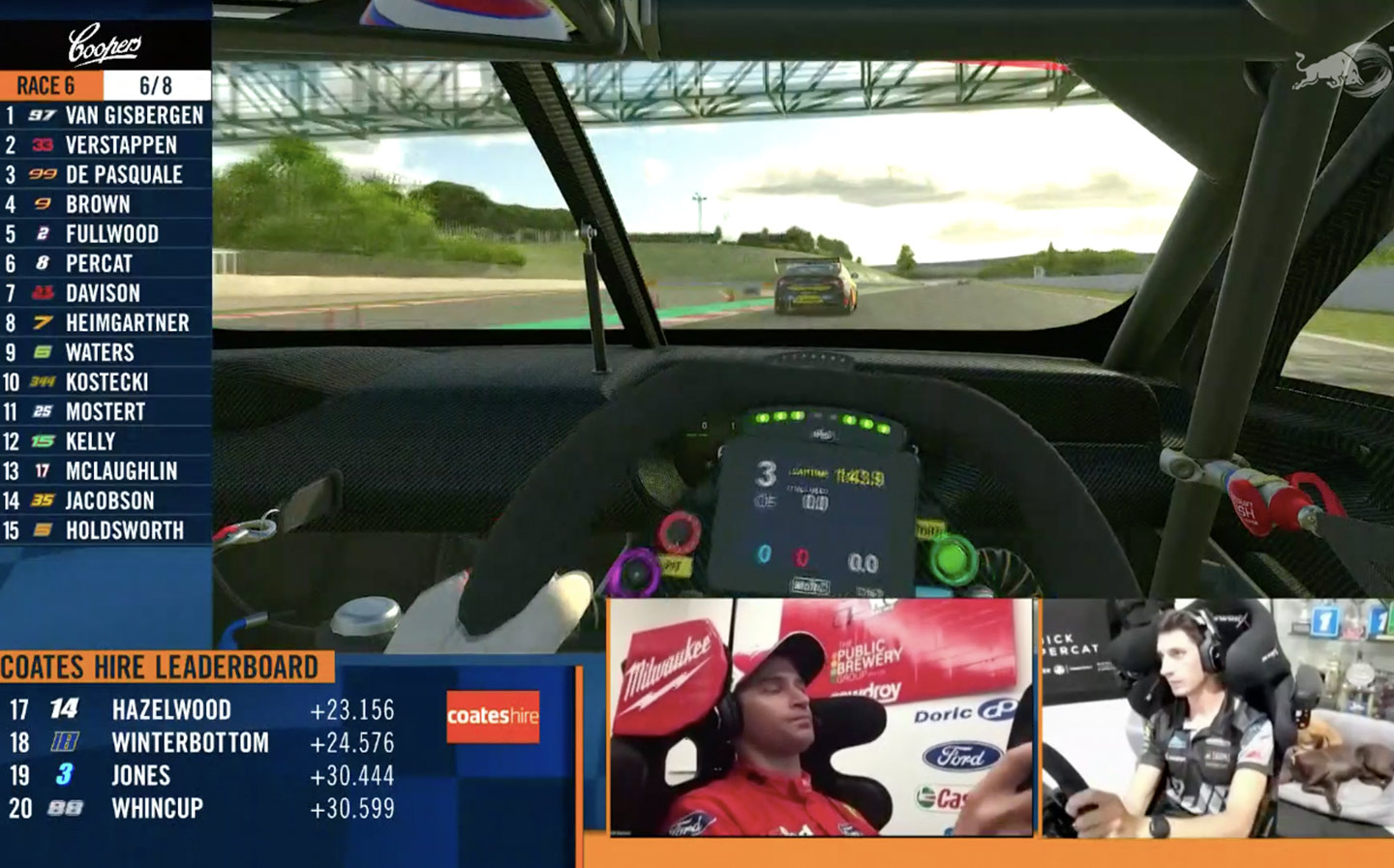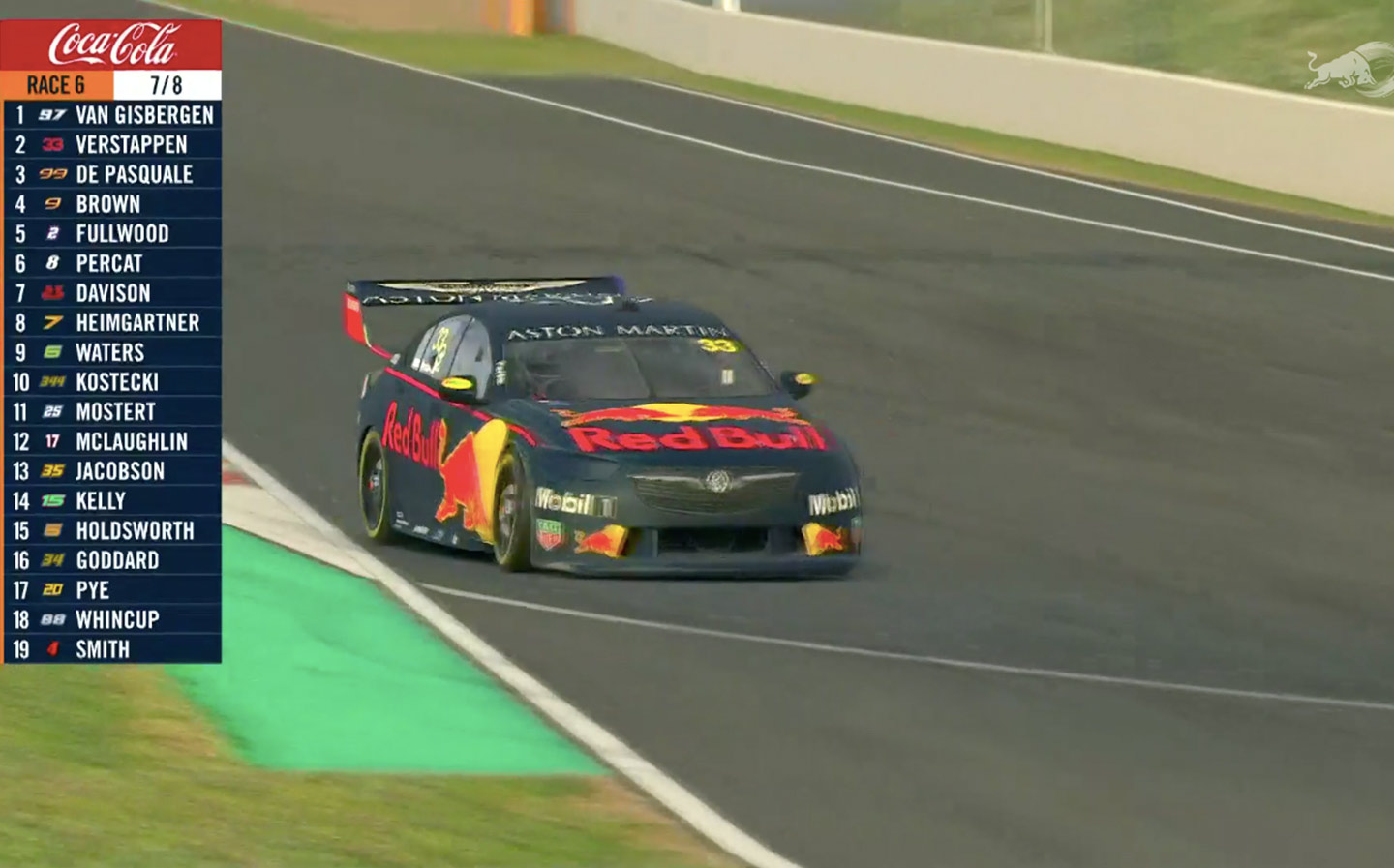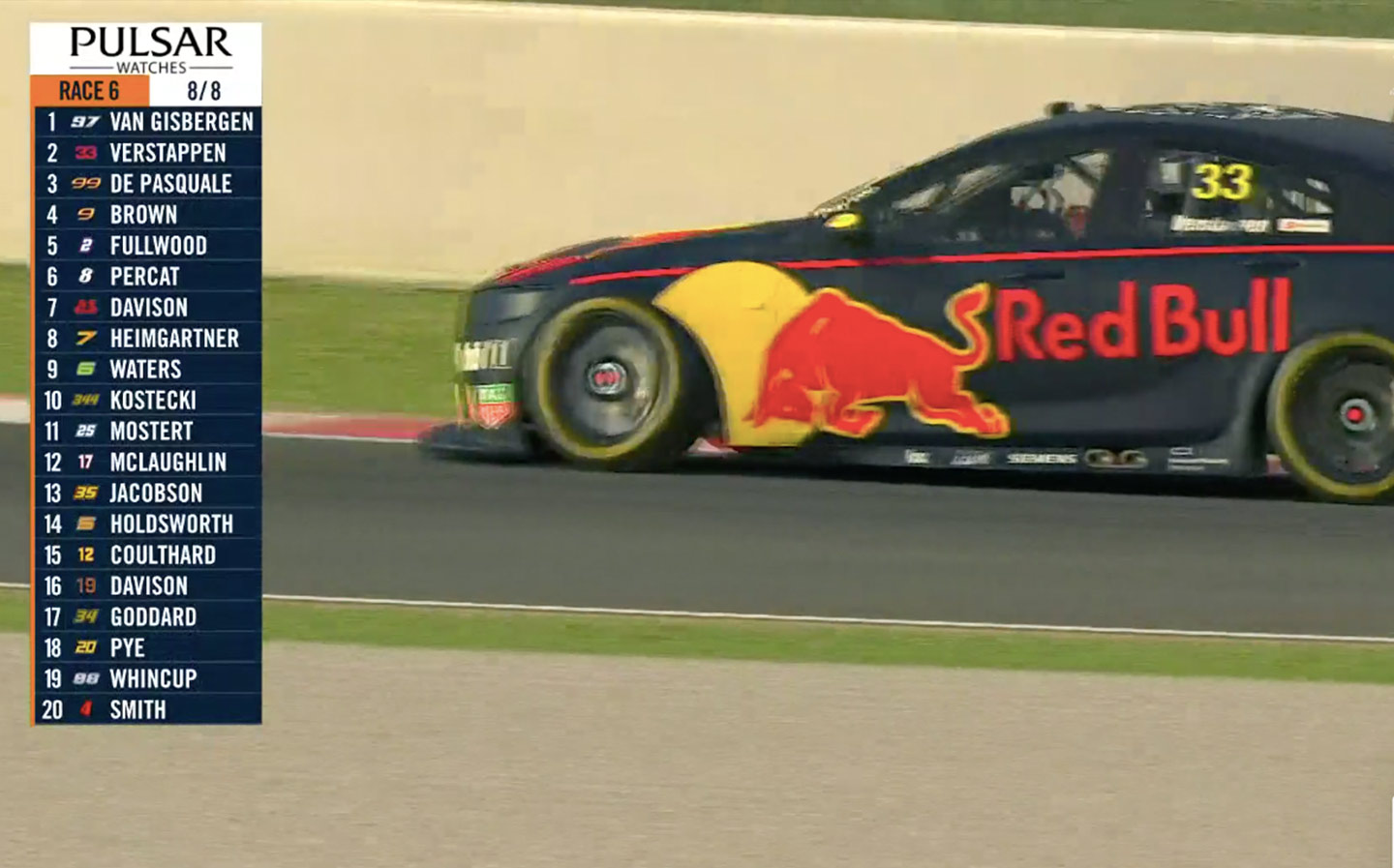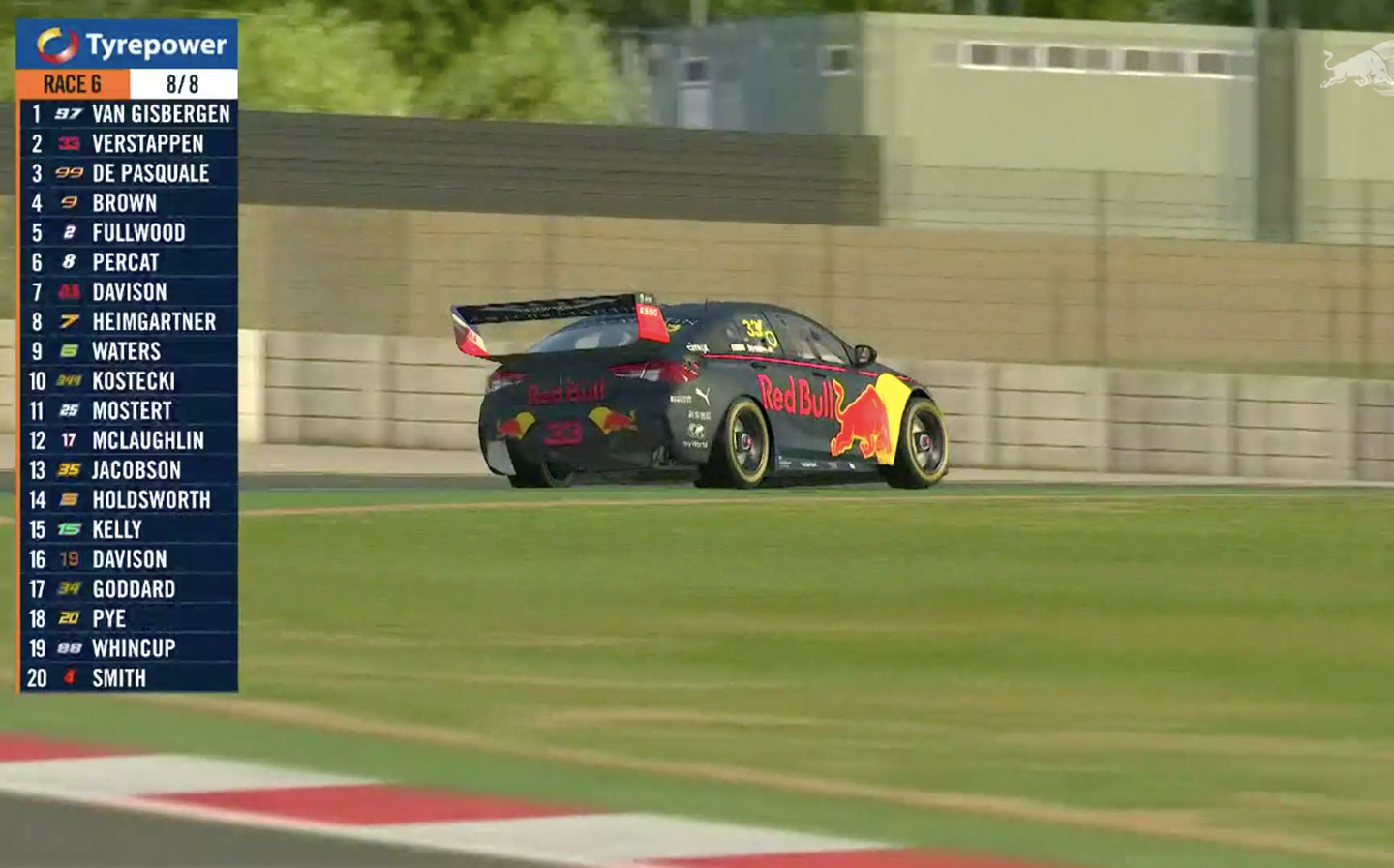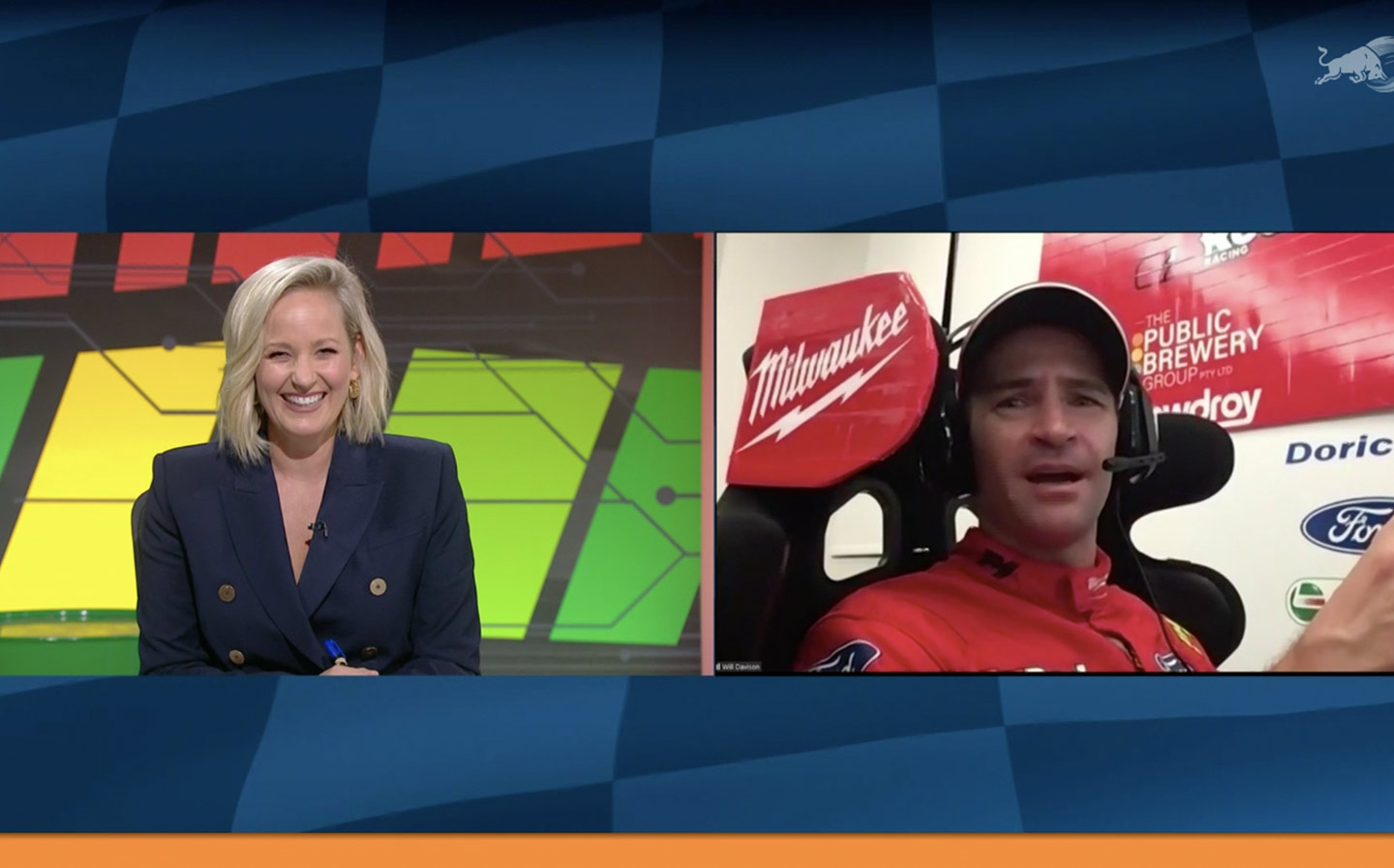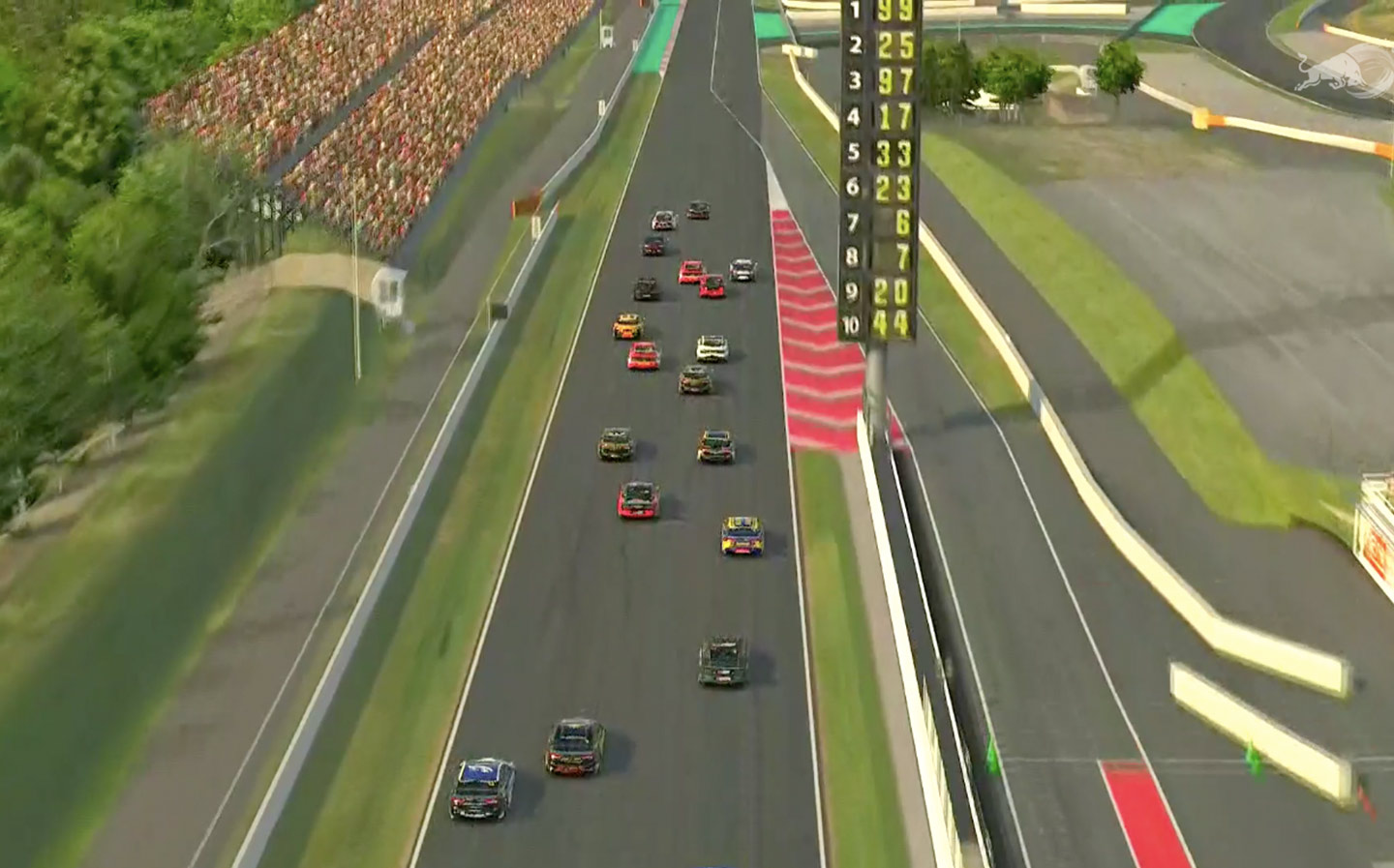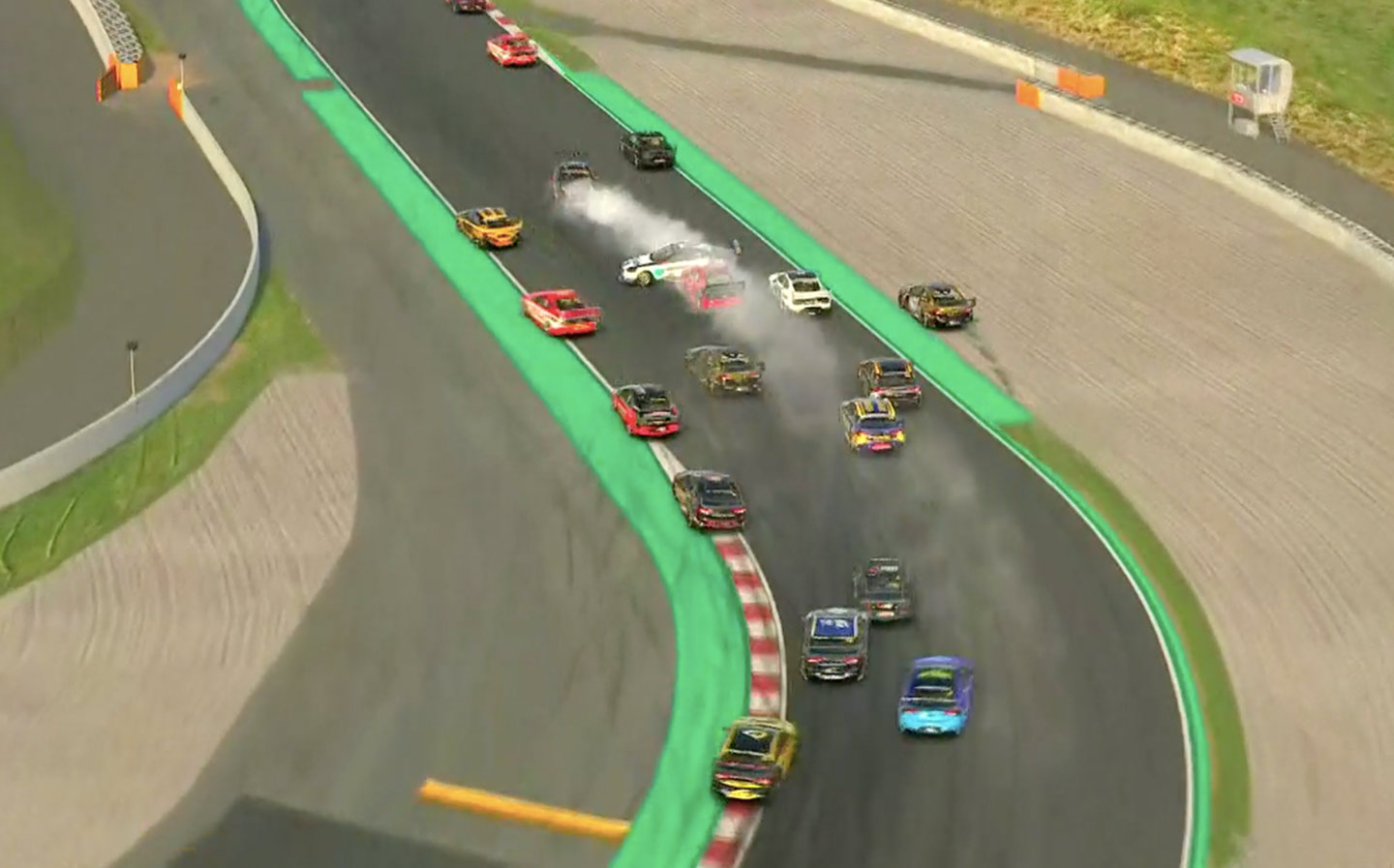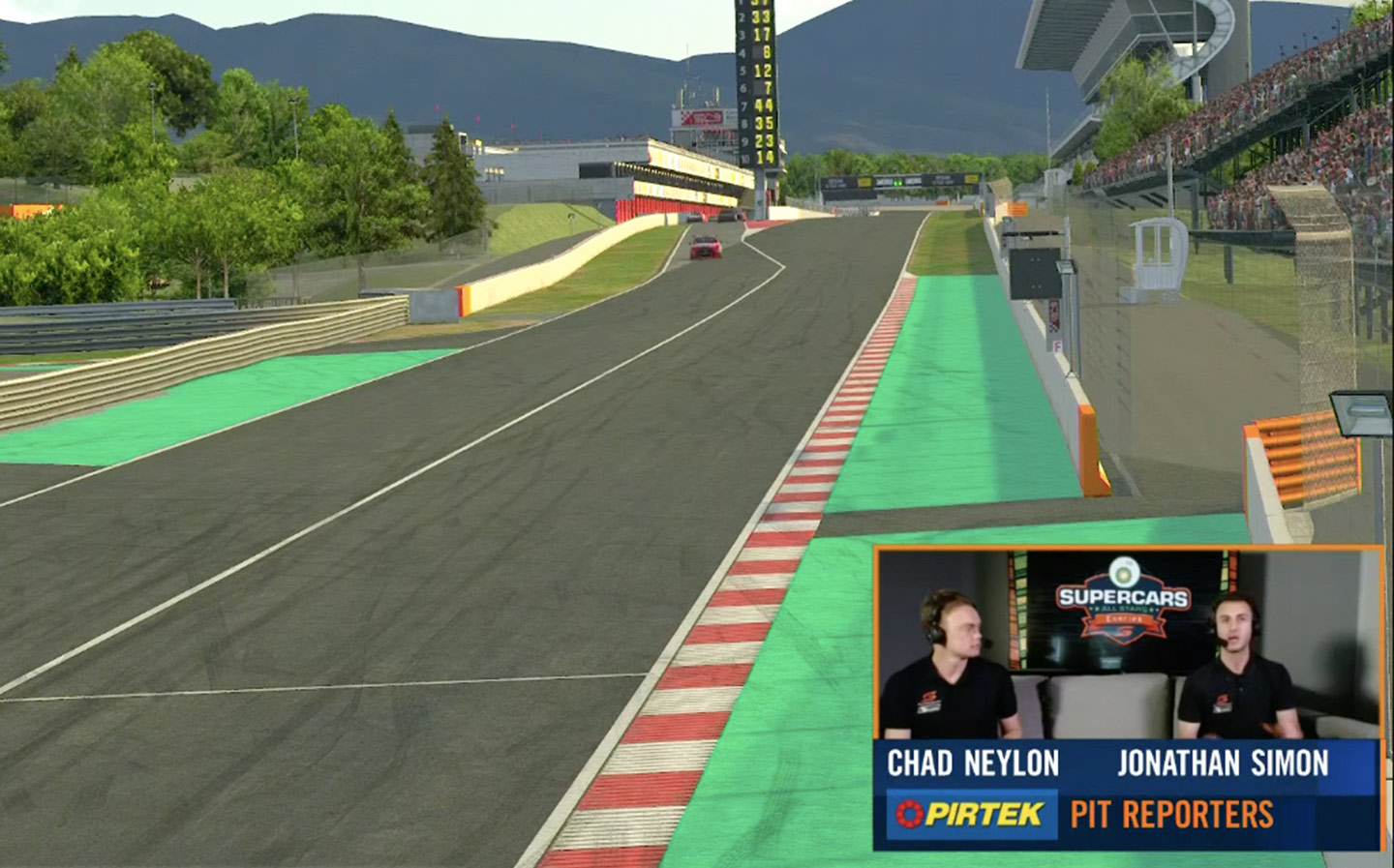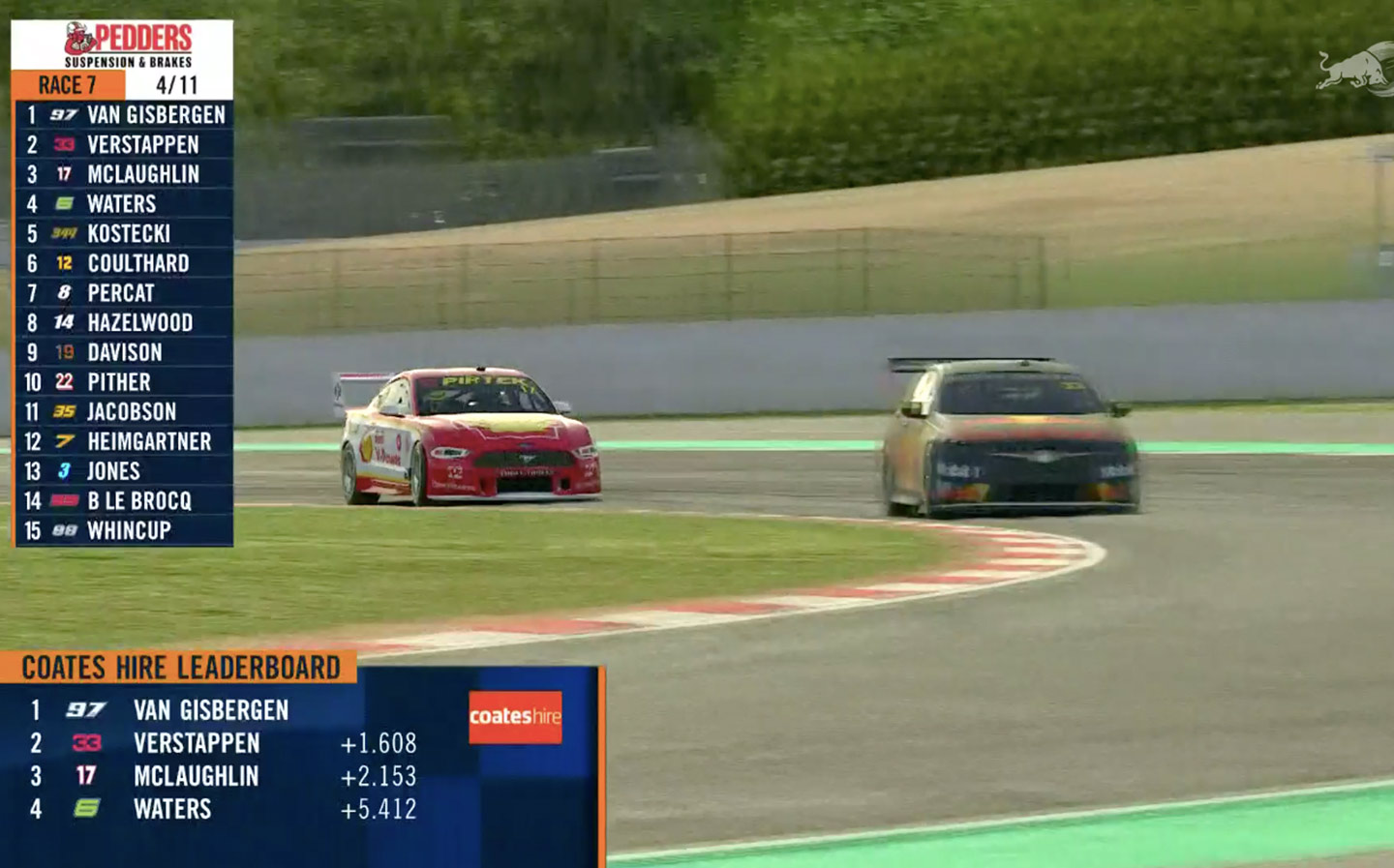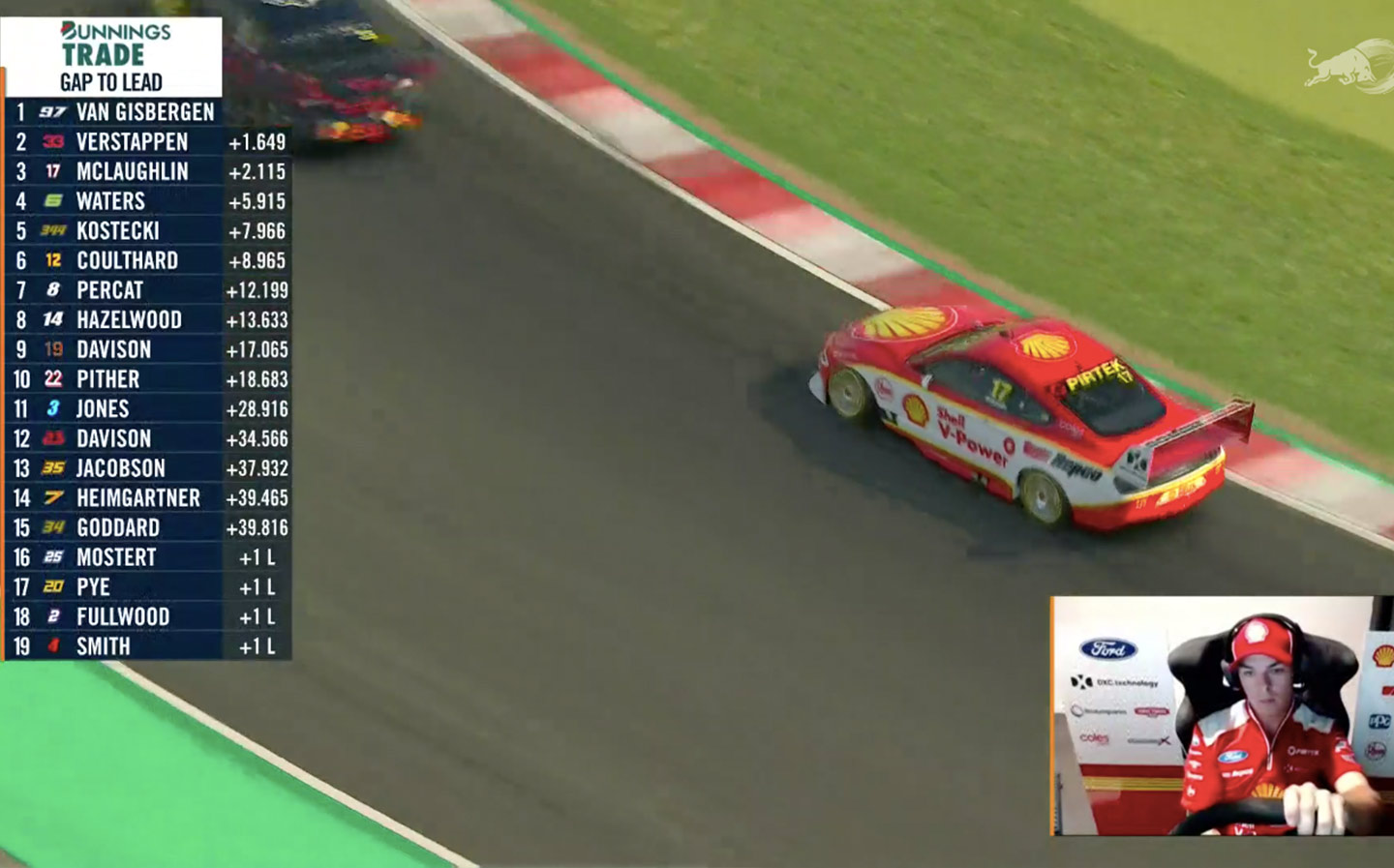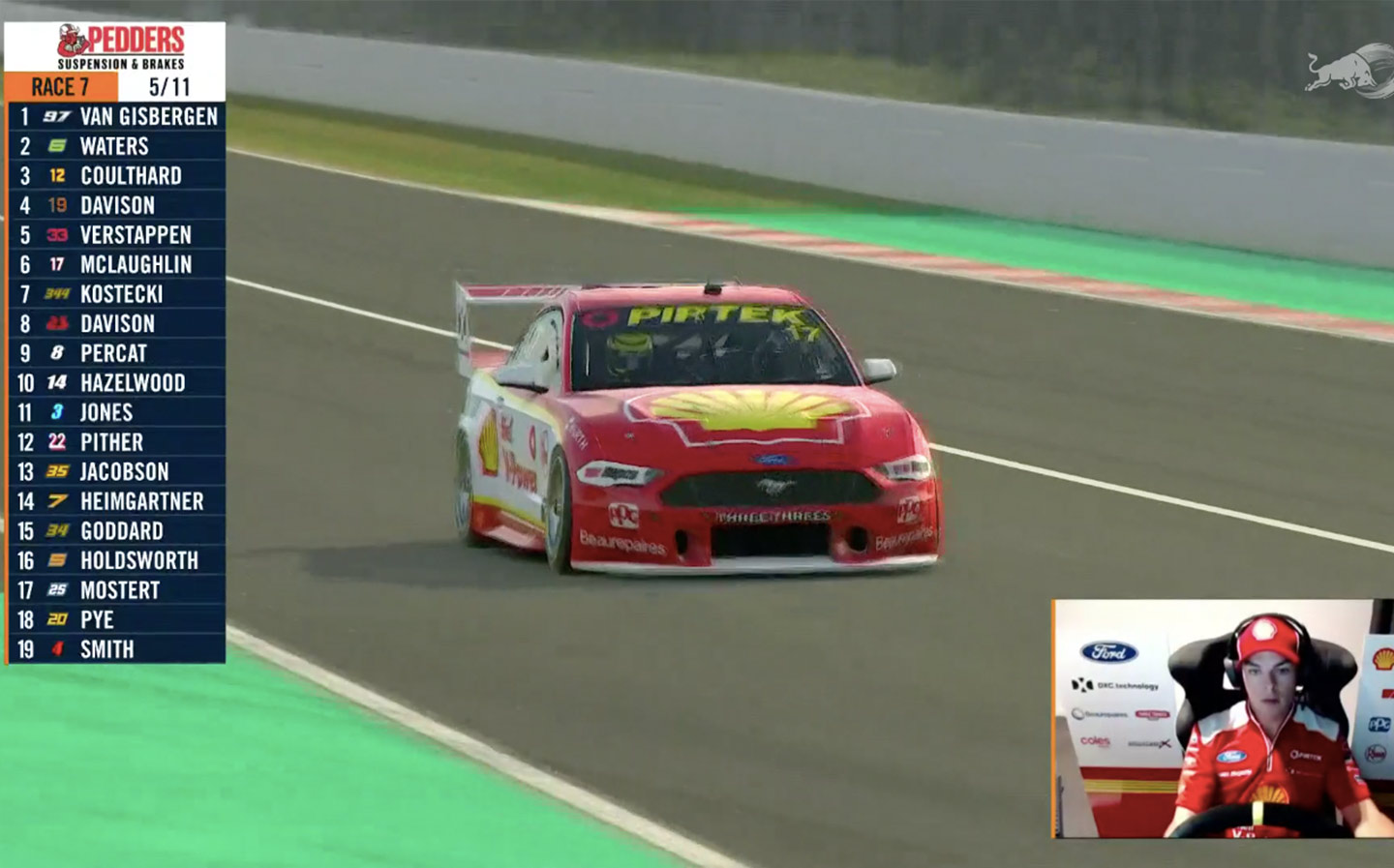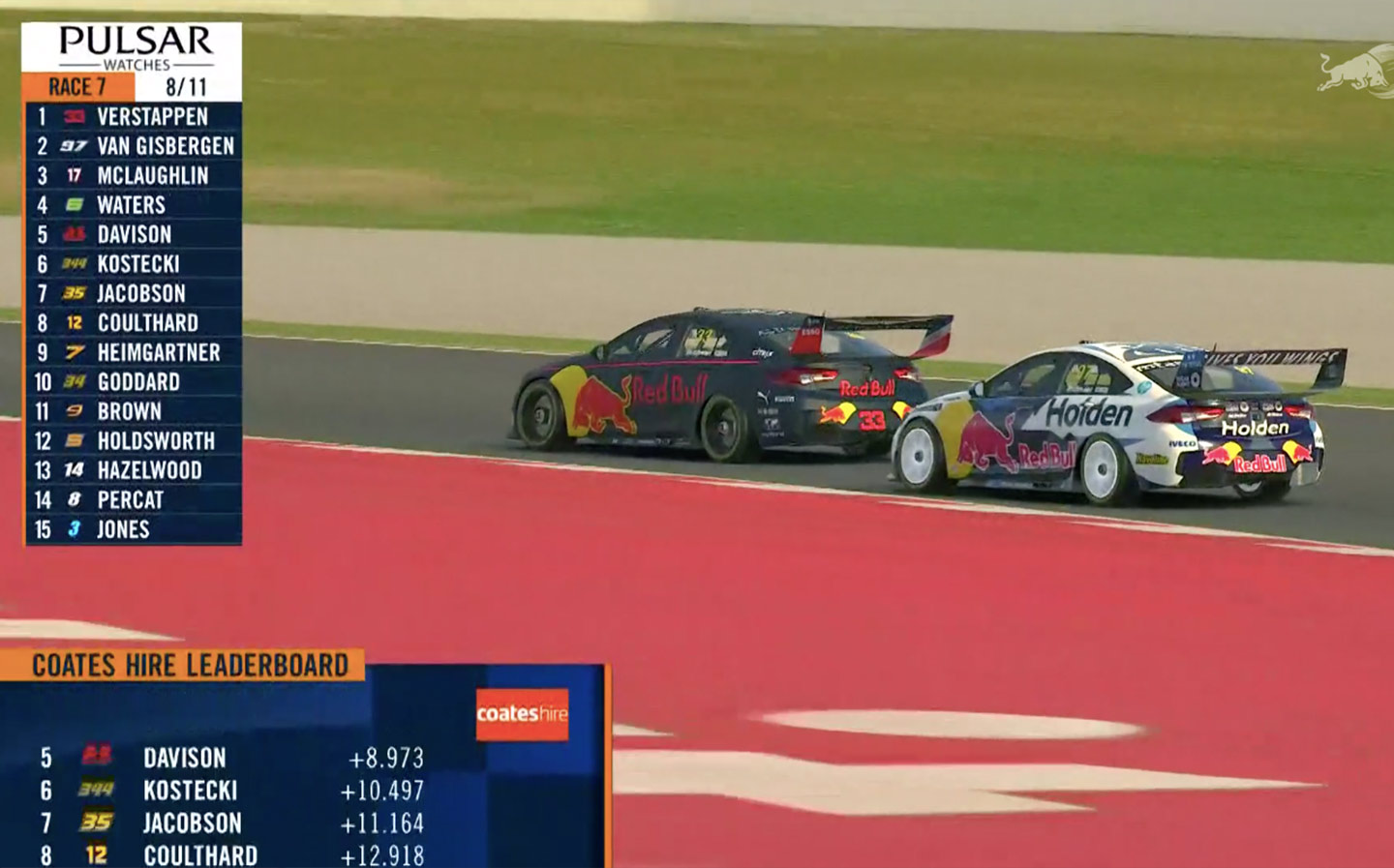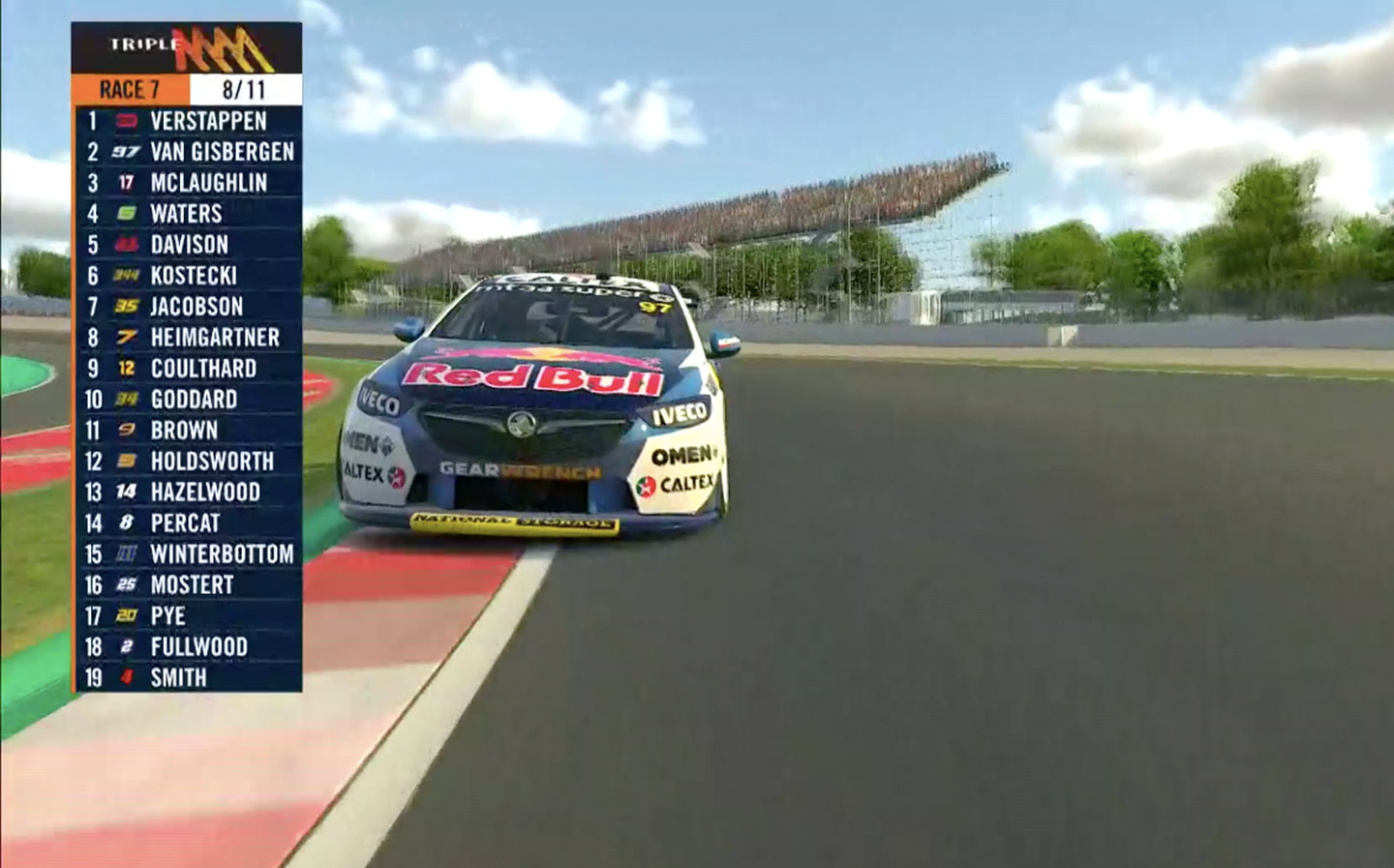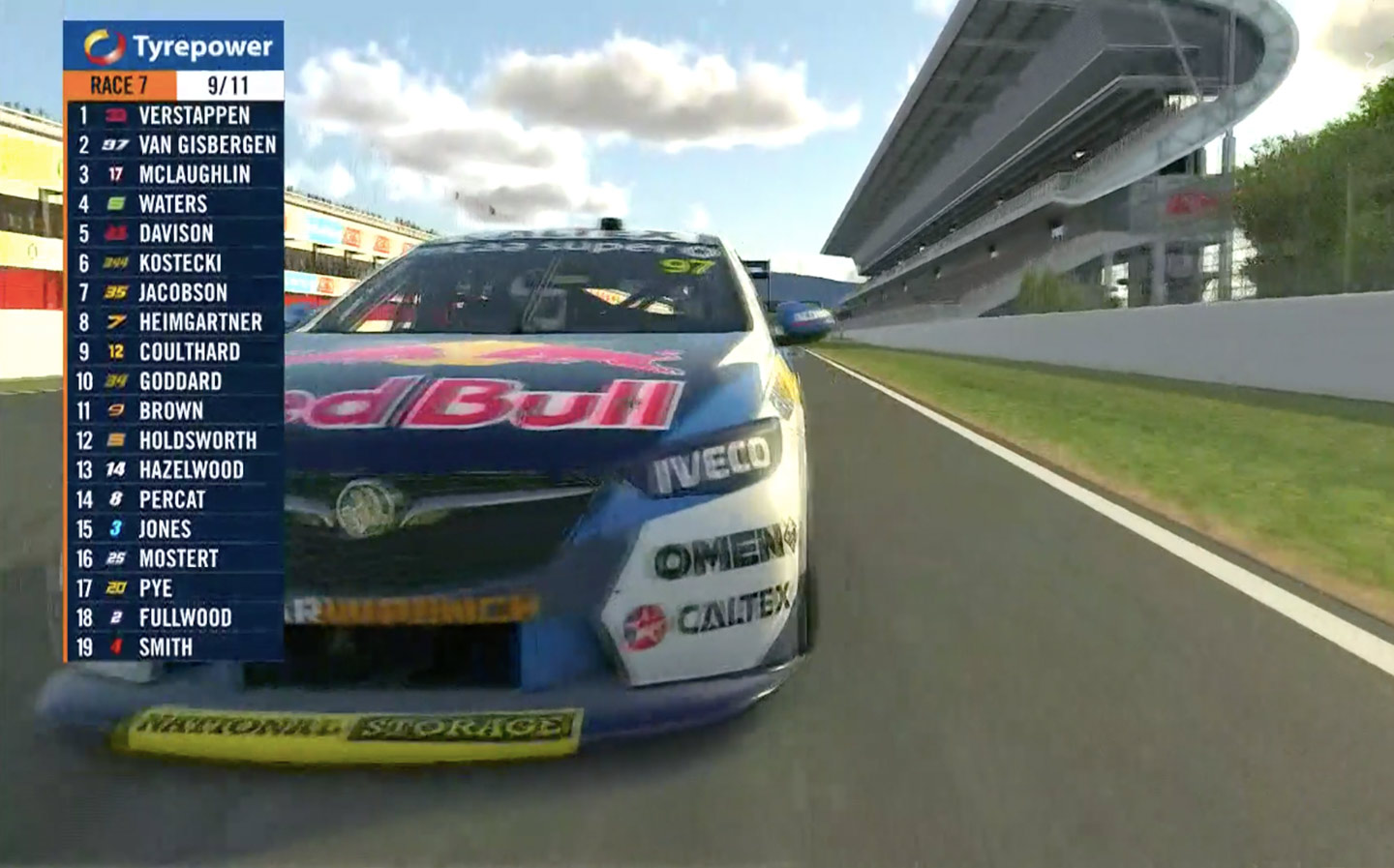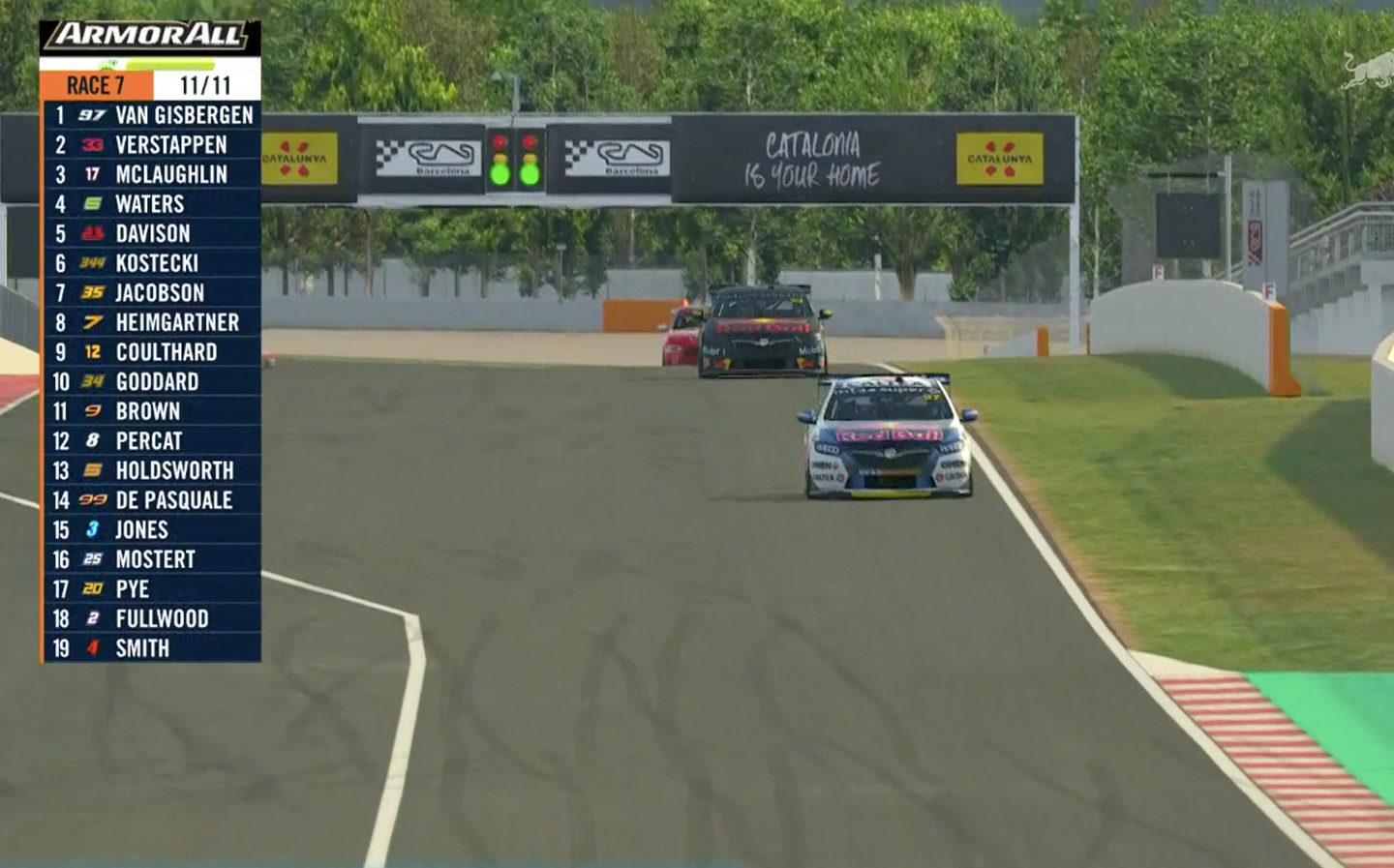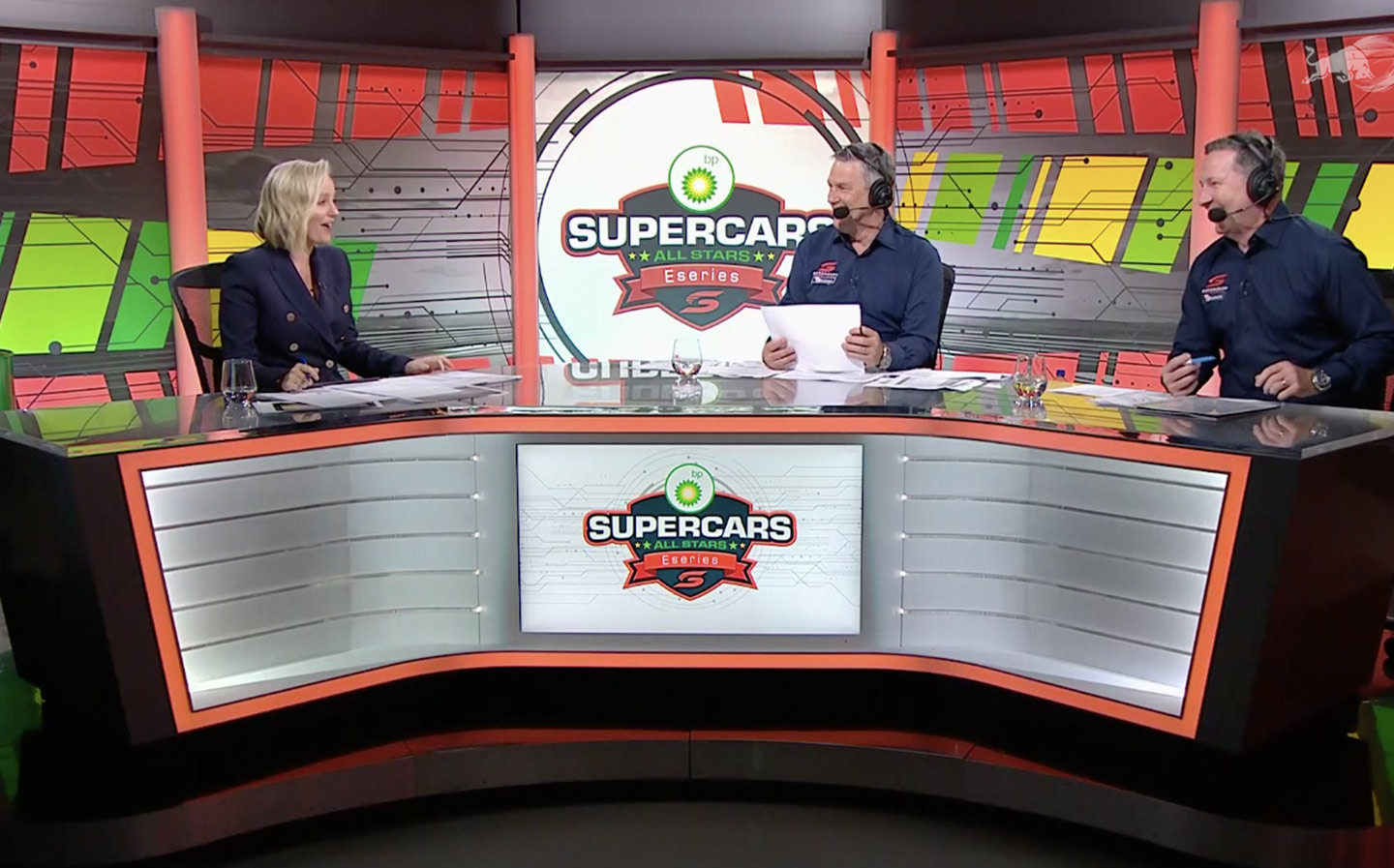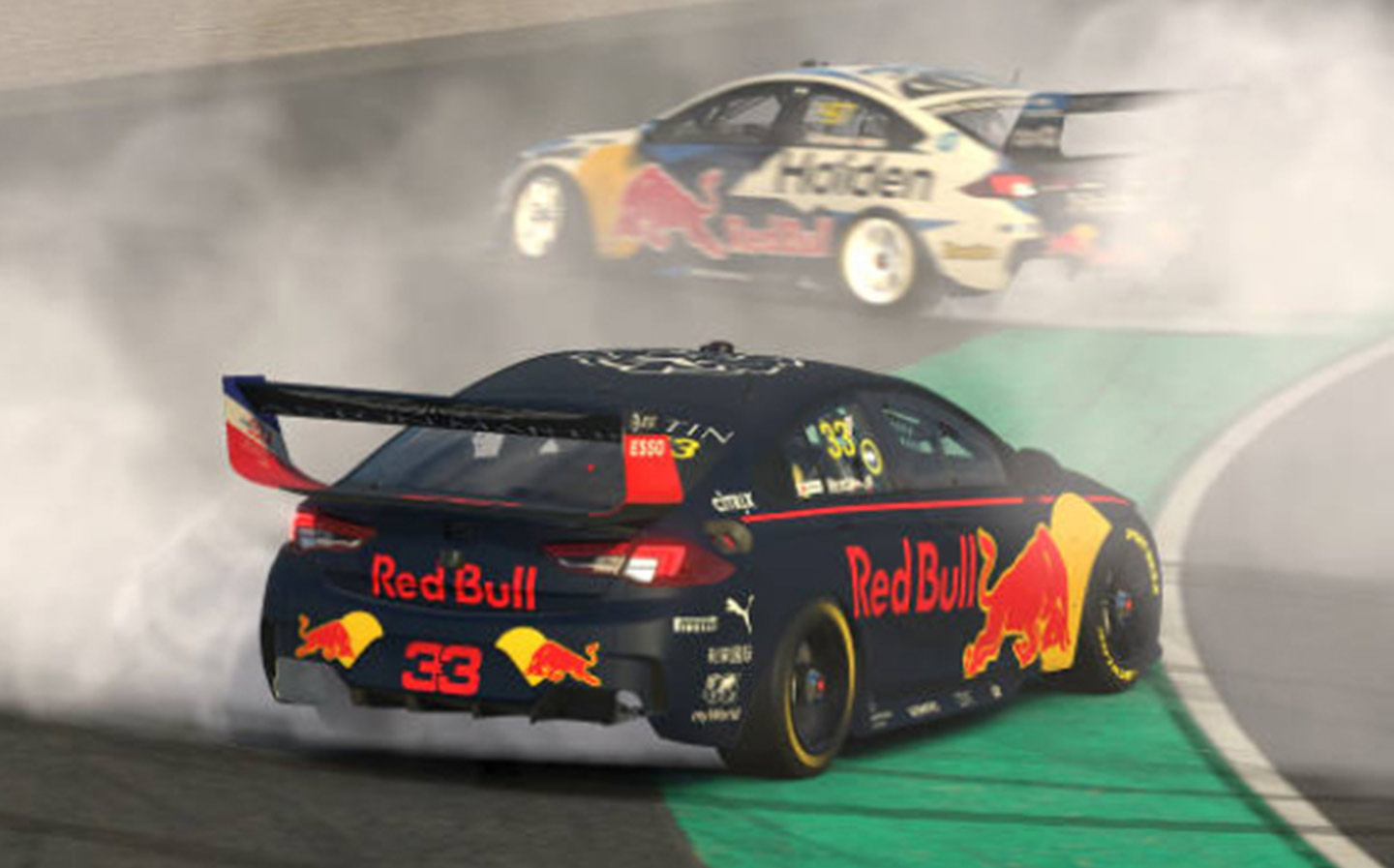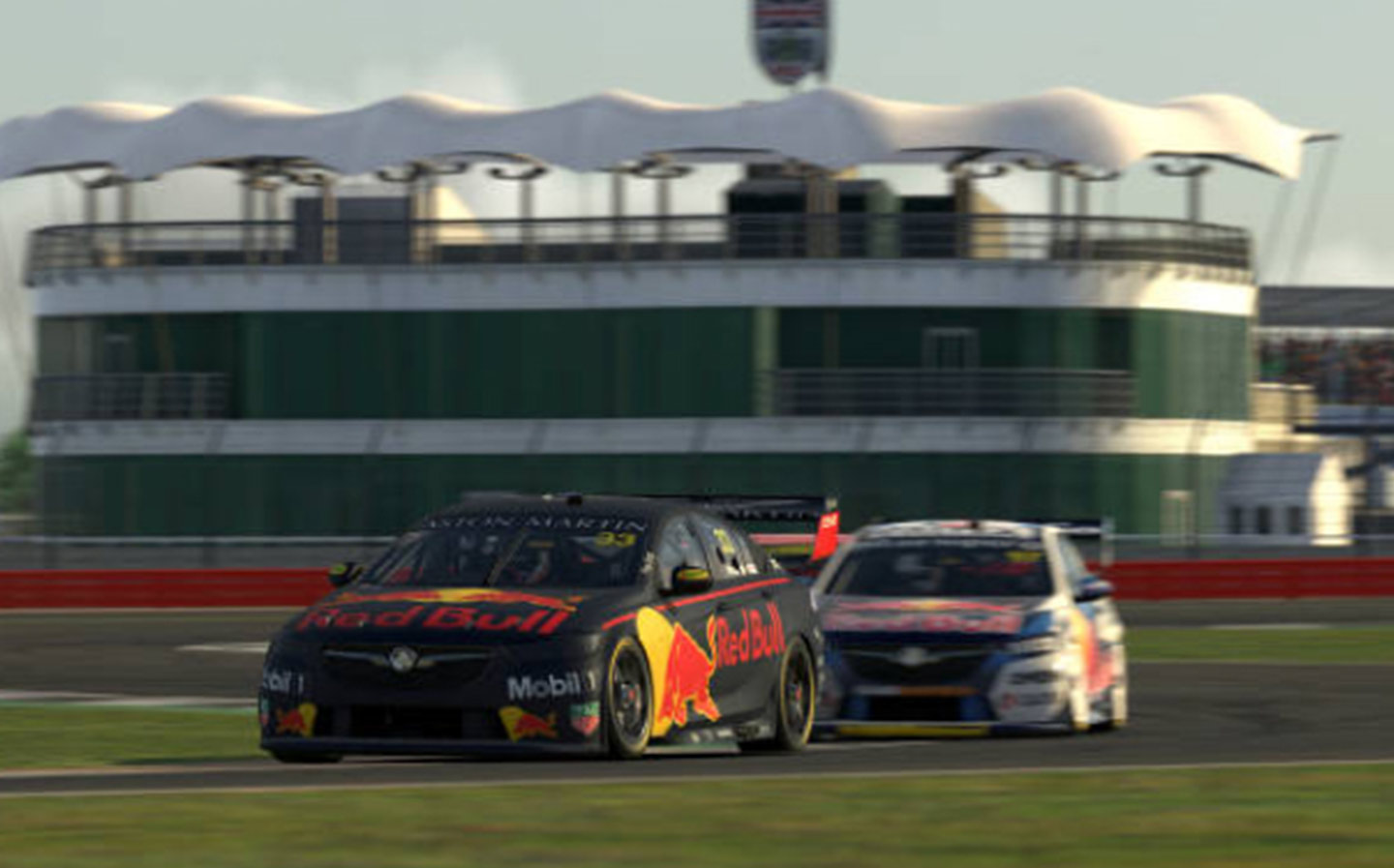F1 take note: Aussie Supercars All-Stars Eseries is how to do e-sports
Time to take it seriously
WHILE NATIONAL and international motor sport events are on hold due to Covid-19 cornavirus restrictions on movement and public gatherings, virtual racing series have taken the front seat. But although some championships could be fairly described as “dabbling” in e-racing (Formula One, we’re looking at you), others are doing it right.
The shining example of how to successfully transition from real racing to e-racing appears to be the Aussie Supercars All-Stars Eseries. Whereas only a few drivers with Formula One race seats have been competing in the virtual F1 races, with the majority of the grid made up of a rag-tag mix of professional e-racers and celebrities, all the teams and drivers from the real 2020 Virgin Australia Supercars Championship are taking part in its e-racing alternative this year.
There is one “International Wildcard” seat offered to a famous racing driver from another discipline, however, and for the most recent round this week (the second event, with the series having kicked off on April 8), that space was filled by Aston Martin Red Bull Racing F1 driver Max Verstappen.
Verstappen, the 22-year-old racing sensation who finished third in the Formula One World Championship last year, competed in the Supercar All Stars Eseries with his usual Red Bull Racing #33 car number and RB16 livery, though it wrapped quite a different a beast to his usual racing machine: a 5.0-litre, V8-powered Red Bull Holden.
While Verstappen is known to be a seasoned racer in video games as well as the real world, he had his work cut out as he was up against seven-time Supercars champion Jamie Whincup and 2016 series champion Shane van Gisbergen, Verstappen’s team-mate. The rest of the field had the advantage of not just more experience in the real V8 Supercars but also their iRacing-based virtual counterparts, after competing in Round 1 of the series.
In his favour was the fact that Round 2 of the All Stars series took place on circuits he knows well but were unfamiliar to many of the Supercars stalwarts: Silverstone, the home of British motor sport(™), and the Circuit de Catalunya, Barcelona, where he scored the first of his eight F1 wins to date, in 2016.
The advantages of e-racing are numerous, not least that you can hold two races in the UK and then seconds later transition to another track, in another country, and continue the competition. It also makes it possible for an F1 driver under lockdown in Monaco to race against a field of pro Aussie Supercar drivers taking part from the garages or spare rooms of their own homes on the other side of the world.
Plus, it costs the teams a fraction of what it would cost to race for real, with all the transportation, accommodation, personnel, fuel and spare parts costs eliminated. As F1 faces losing four of the smaller teams due to losses related to not competing for the first half of 2020, it’s an important point to highlight.
One of the disadvantages was clearly the disparity between some of the drivers’ equipment. While some were designed to be as close to the real thing as possible, with their actual race chair, wheel and pedal boxes bolted to bespoke frames, other competitors appeared to have more make-shift versions.
Interestingly, some drivers are choosing to compete wearing their real driving gloves while others race with bare feet —something possible only when fire safety isn’t a consideration.
Verstappen confessed that he hadn’t mastered throttle “blipping” (heel-and-toe, to the grown-ups among us), so had activated the computer-controlled version.
We knew all this because each of the drivers had a camera pointing at them and were interviewed by the studio team during the broadcast, with live video feeds mixed into the coverage.
And the coverage was exceptionally professional — far more so than the vlogger-style youth-focused attempt by F1, as it featured the usual anchor and commentary team as well as pre-race interviews and insight.
The vision mixing, which appeared to be carefully directed by a human from a “gallery” (of sorts, given the coronavirus lockdown), followed the best action throughout, and gave us replays and dropped in footage of the relevant drivers at the wheel.
When things got a little “tasty” on track, a steward was on hand to judge whether penalties were necessary, and genuine awards will be made available at the end of the e-racing season.
It may sound odd to read (it does to write, at least), but even the advertising played a part in the authenticity of the coverage, with sponsors paying for the “Show us your Rig” segment, replays and stats pop-ups. There was a “Bunnings Trade Powerpass”, “Dunlop Kerb Cam” and “Koala Race Highlights” package. Ad breaks between races were just as they’d be during the real coverage. These are welcome as it adds weight to the broadcast.
The action was amazingly good too. While the F1 e-racing has rarely proved excellent to watch, the standard of competition in the Supercars Eseries is exceptional thanks to the racing etiquette shown by the pro drivers — bar some first lap madness, that is, though of course accidents will happen in the real thing, too.
The starting grids had been determined by three timed qualifying sessions (sponsored by Armor All) for races 1,3 and 4, with the results of Race 1 at Silverstone determining a reverse grid starting order for Race 2.
The two opening races at each track were sprints, lasting approximately 15 minutes, while the second races were longer — lasting approximately 20 minutes each and incorporating compulsory pit stops.
Verstappen proved exceptionally good, but he far from dominated proceedings. In the sprint race at Silverstone, the Dutchman made an excellent getaway from sixth position on the grid and took advantage of a scrap between two-time defending Supercars Champion Scott McLaughlin and pre-series favourite van Gisbergen on lap two, to dive past the pair of them. He then held on to second place behind Anton De Pasqale despite intense pressure from the two cars behind, for a very strong debut finish in the seven-lap race.
After a relatively respectable first race, a reverse grid for the nine-lap race two meant more unpredictability, as did a compulsory pit stop. The first two laps were chaotic. Though De Pasquale managed to fight his way back up the field and finish in third place, Verstappen was not so succesful at fighting his way through the well-matched Supercars pack, and could only manage 18th place at the chequered flag.
It was a tricky race for the Dutchman that included contact and a trip off the track towards the end of lap one. He suffered minor damage to his car during his scrap, though it didn’t affect its performance; a feature that can come into play during the Supercars All Star Eseries. Lose your rear wing, for example, and rear downforce is affected.
Racing then headed to Barcelona, where after what could be called a “busy” first lap in Race 1, the drivers settled into a rhythm. Verstappen took advantage of the early scraps to climb to second position, where he stayed for the duration to record another remarkable result.
The 11-lap second race at Circuit de Catalunya saw the Red Bull driver running second at the end of lap one, then fifth after his mandatory pit stop. He managed to get “the undercut” to take the lead after the leader pitted on lap six, though with the benefit of fresher tyres, van Gisbergen managed to catch Verstappen and slipstream past him into turn one at the end of the long Barcelona pit straight.
If it sounds like, as a viewer, I was taking it seriously, I was — it was astonishingly easy to get swept up in the action and I was glued to my screen for each race. For Verstappen, the action was equally as gripping. “It’s quite intense,” he told the pundits afterwards. “I get exactly the same kind of feeling in the car as I do in the real race.”
It’s not perfect yet — iRacing doesn’t include pit crews working on the cars during pit stops and cars appear to drive through one another when puling into or out of their pit boxes, while a big smash in a race results in cars being reset on track, seeming to appear from nowhere. But the graphics are now seriously impressive and the iRacing physics (the way the cars handle) isn’t being scoffed at by the pro drivers.
With tyre wear, damage, professional commentary and camera work, race engineers feeding information to the drivers, and crucially, all the actual teams and drivers from the real series taking part, e-racing proves to be an impressive substitute for the real thing.
F1 has existed as a series for 70 years. If it wants to survive for another 70 — or even another 20 — it should learn from what the Supercars All Stars Eseries is doing right now. It’s time to take e-racing seriously.
The BP Supercars All Stars Eseries comprises 10 rounds, concluding on June 10 with races at Oran Park and Mount Panorama. Round three takes place on April 22. The action is broadcast on Fox Sports, Kayo, Supercars.com, the Supercars’ Facebook page and Supercars teams’ Facebook pages.
Video and images: All-Stars Supercars
Can’t see the video? Click here
Chaotic first ever virtual F1 e-sports race gets mixed reaction, though Lando Norris entertains
Four F1 teams could disappear because of Covid-19, according to McLaren boss
New Netflix documentary pays homage to legendary F1 driver Juan Manual Fangio


